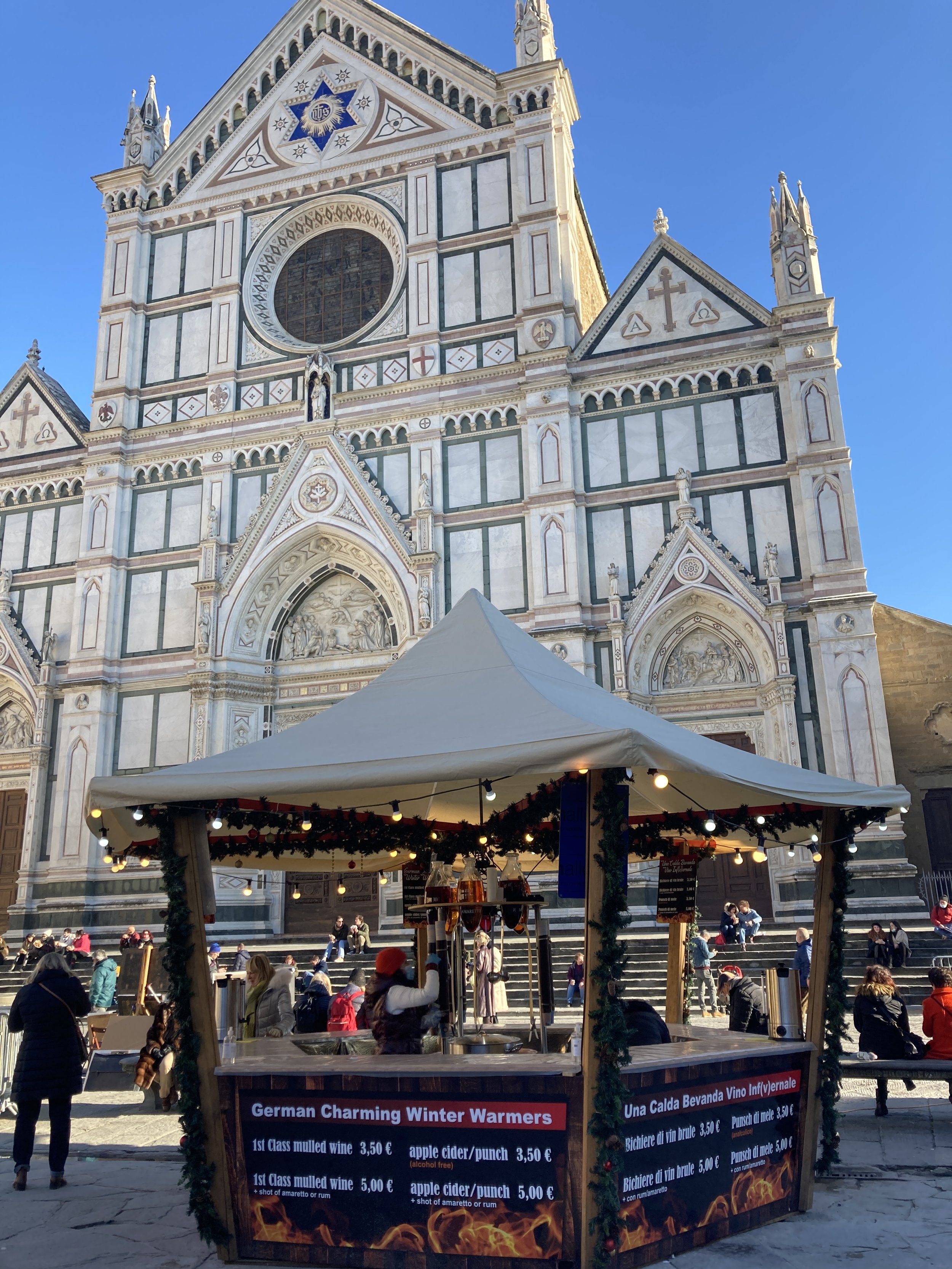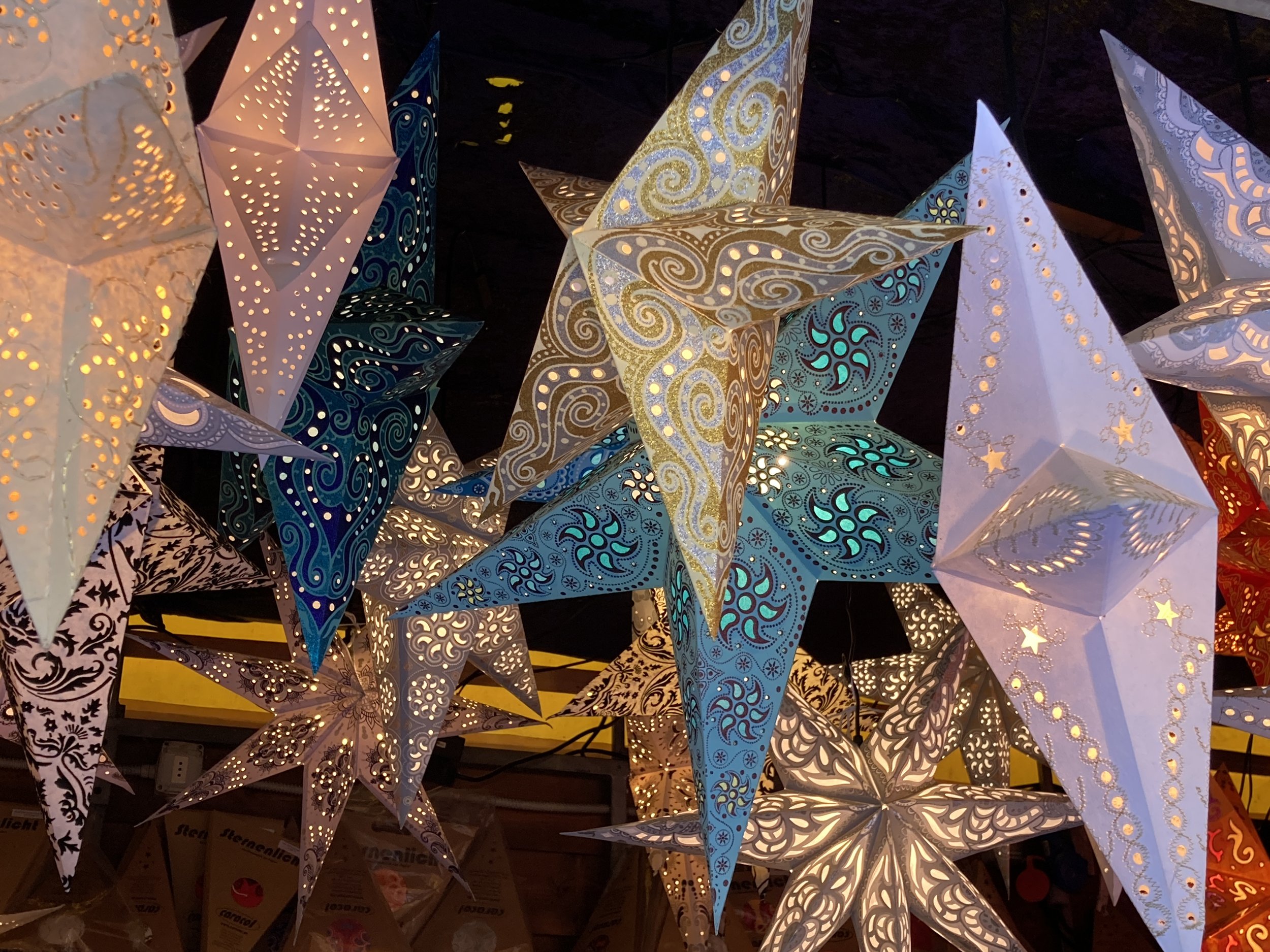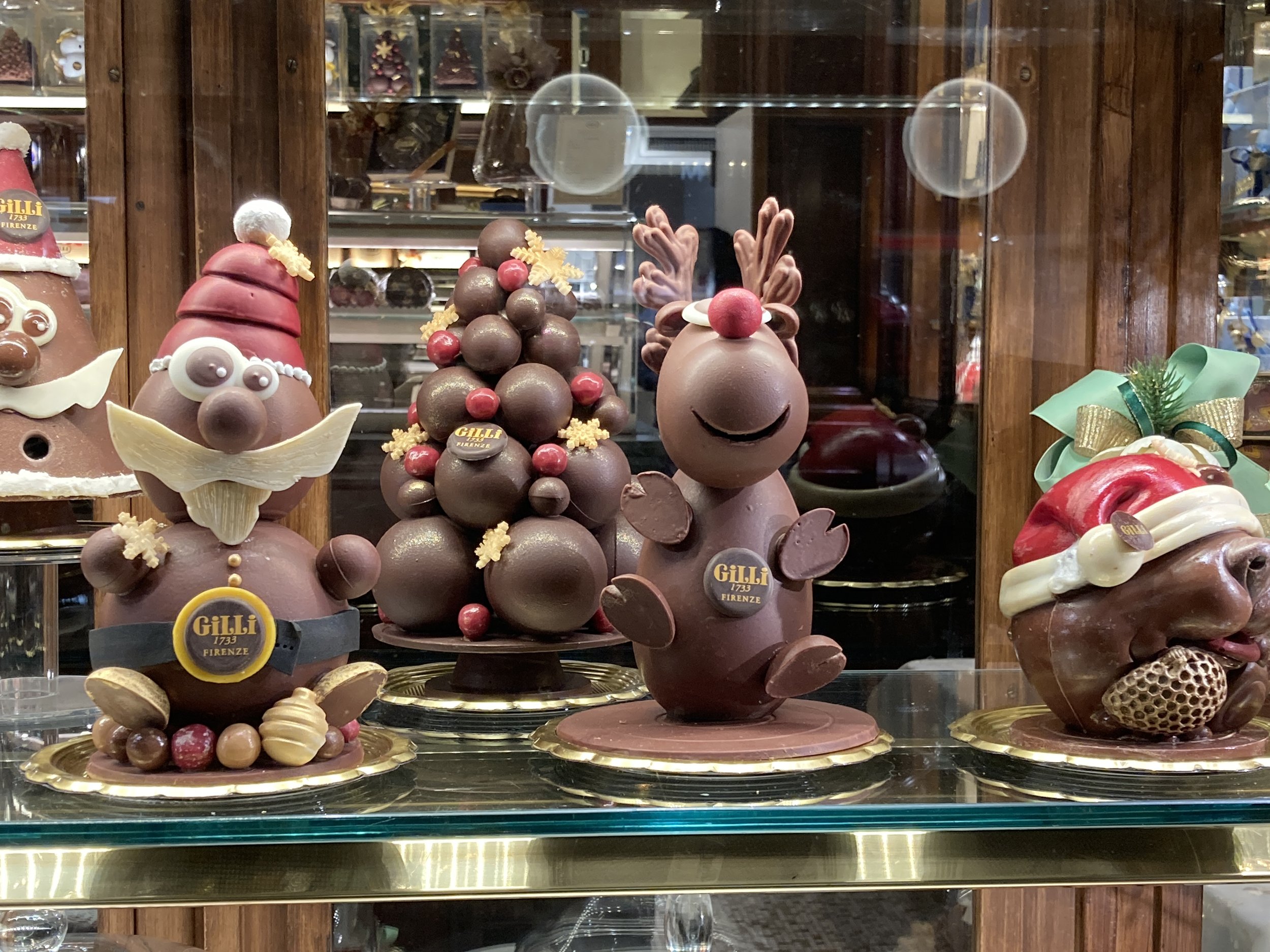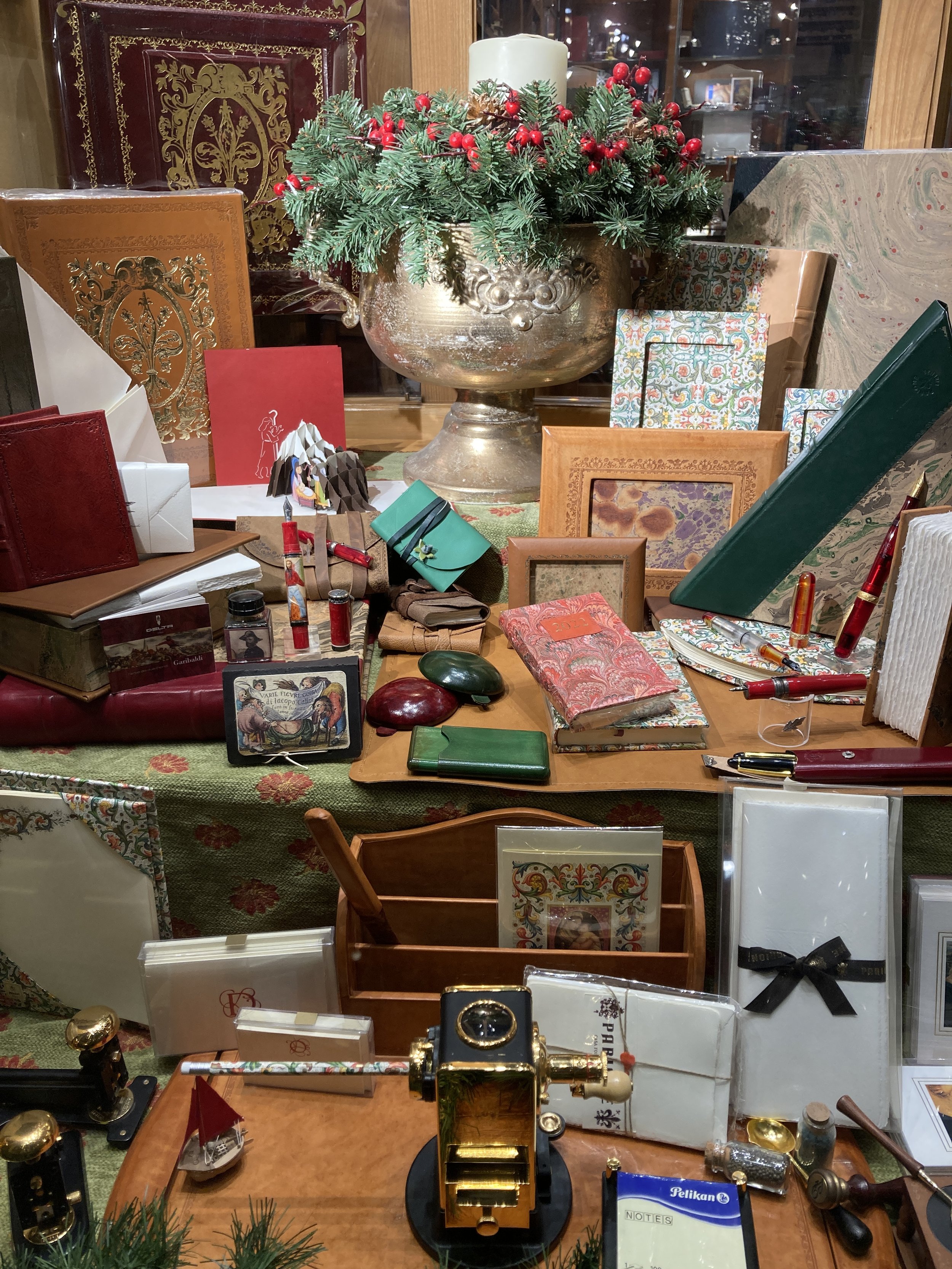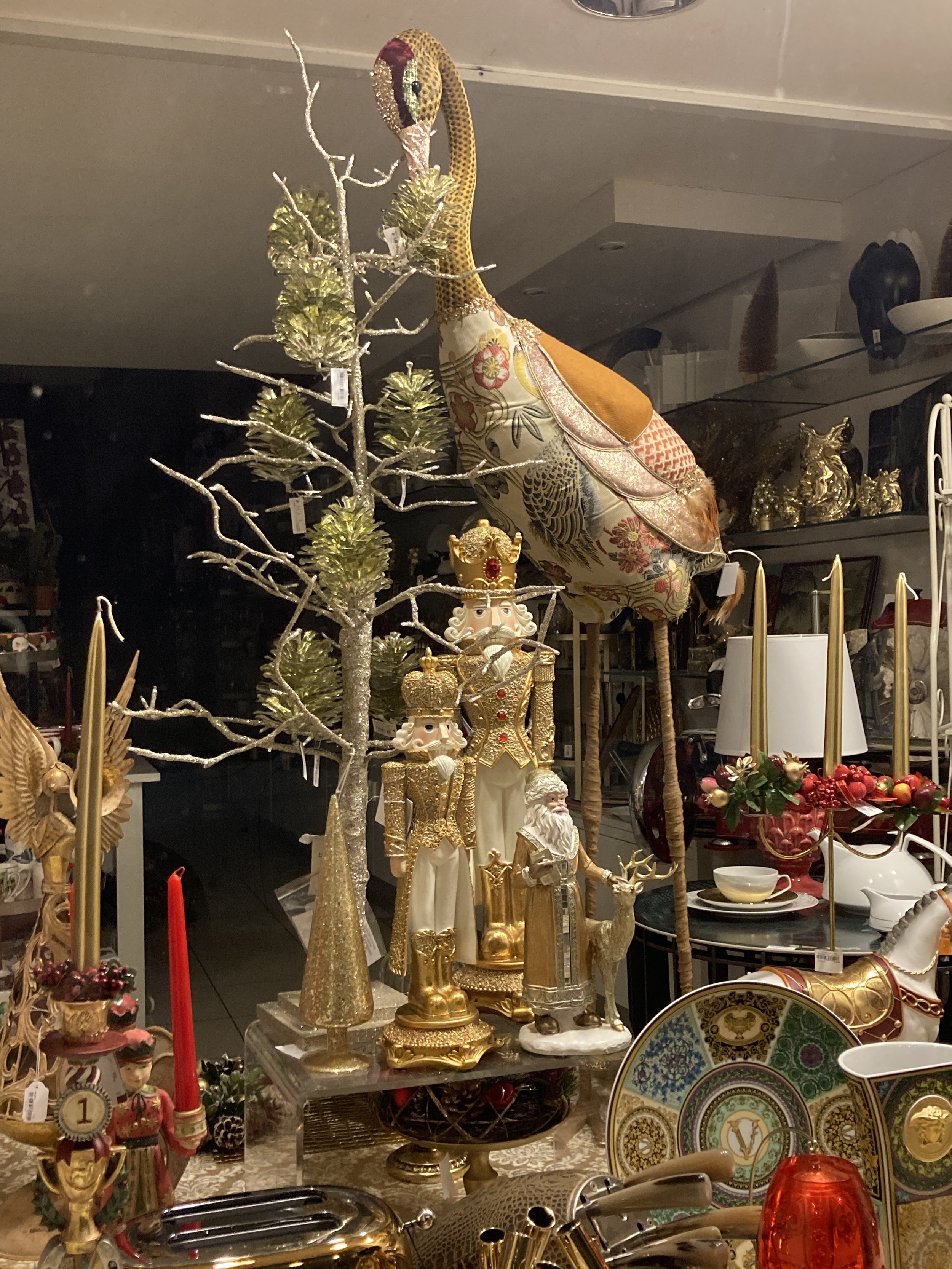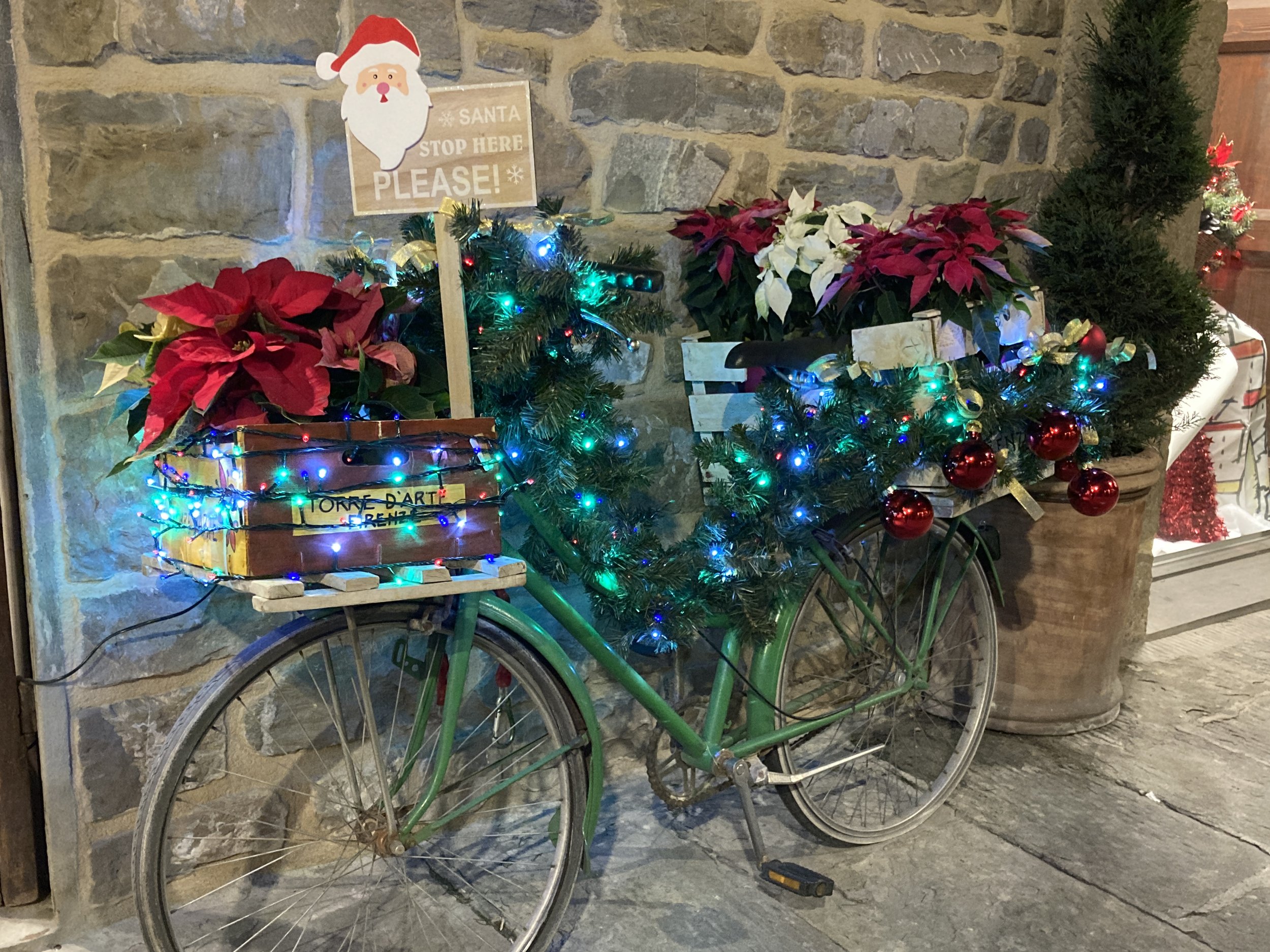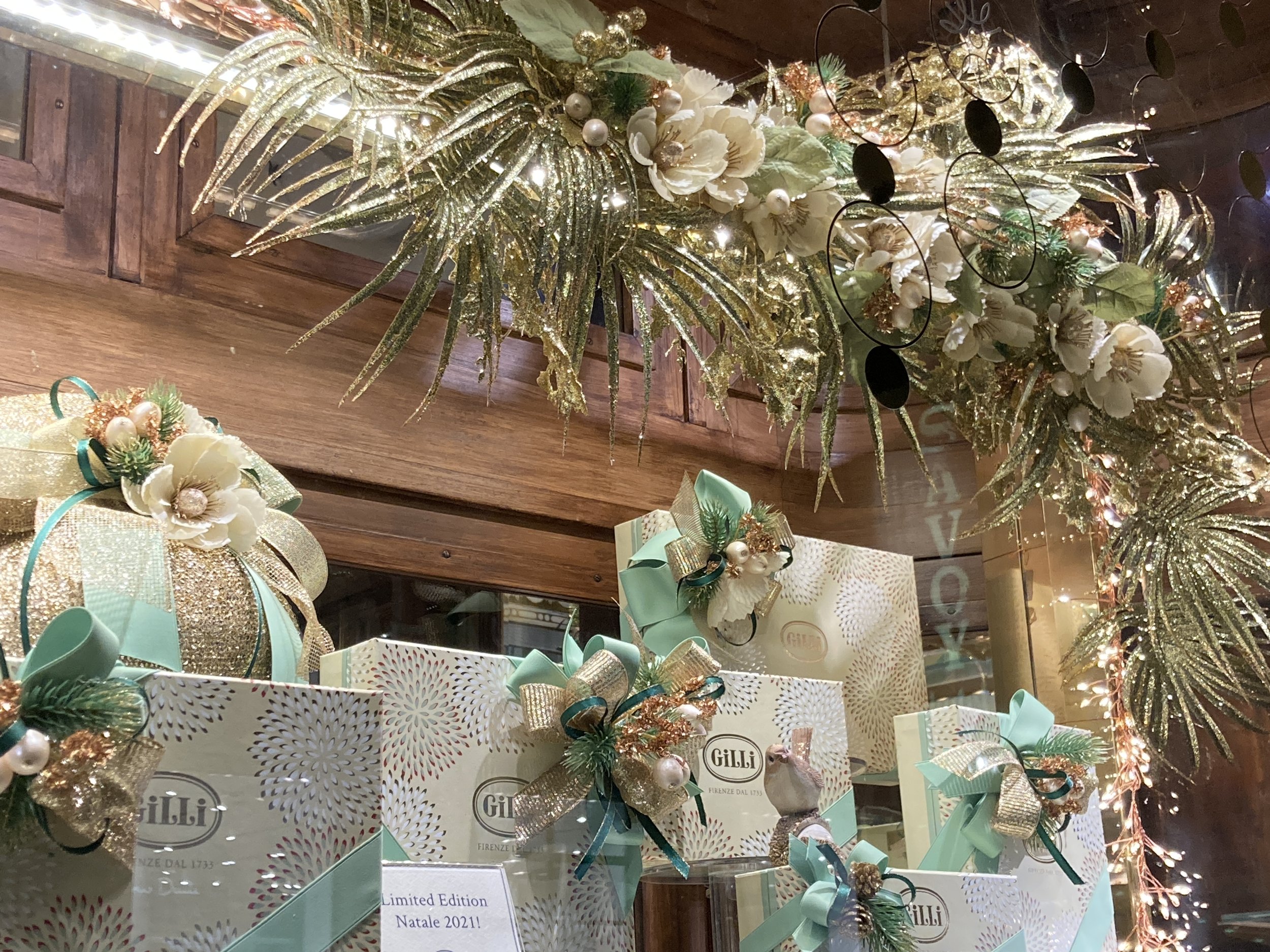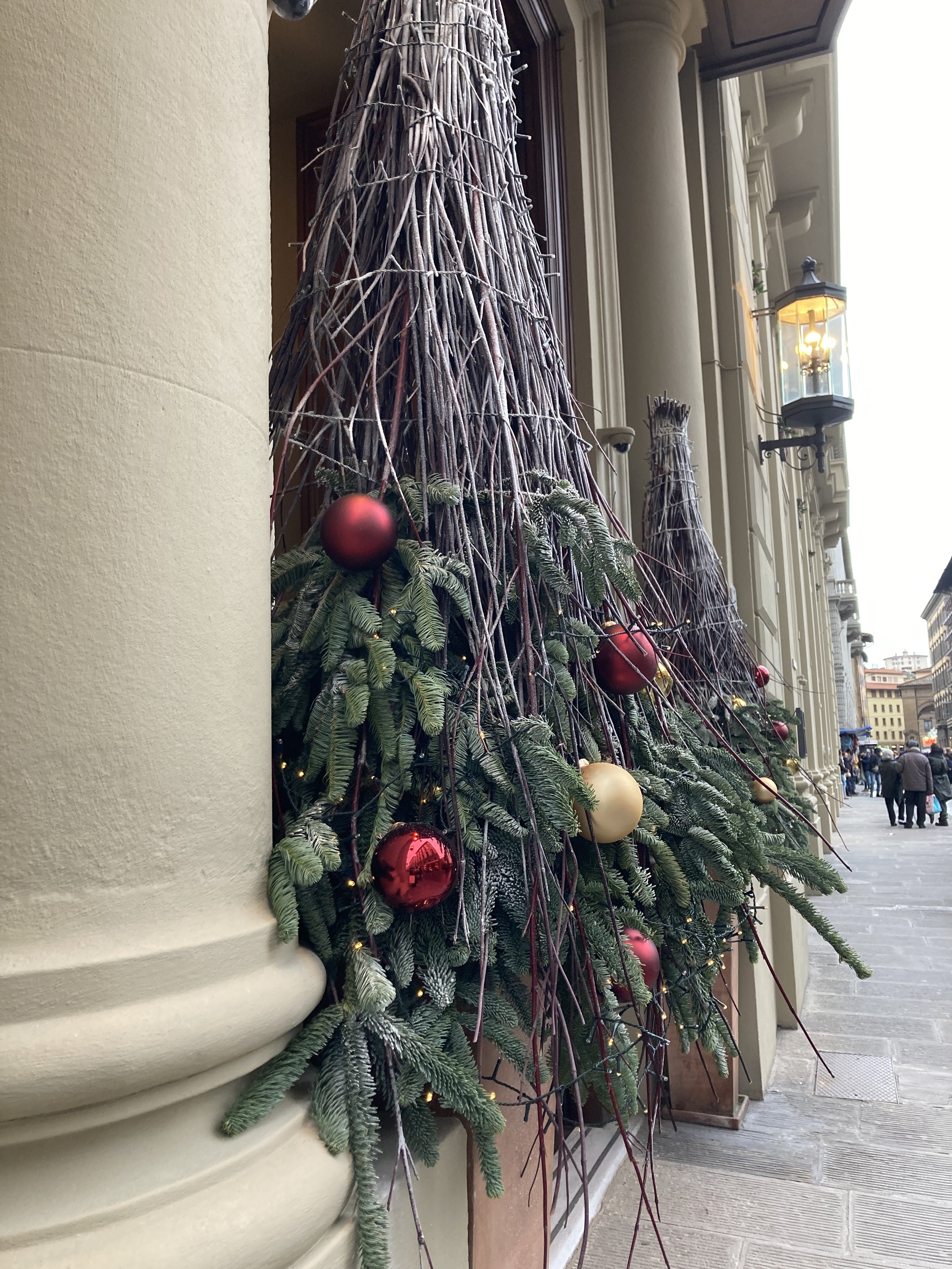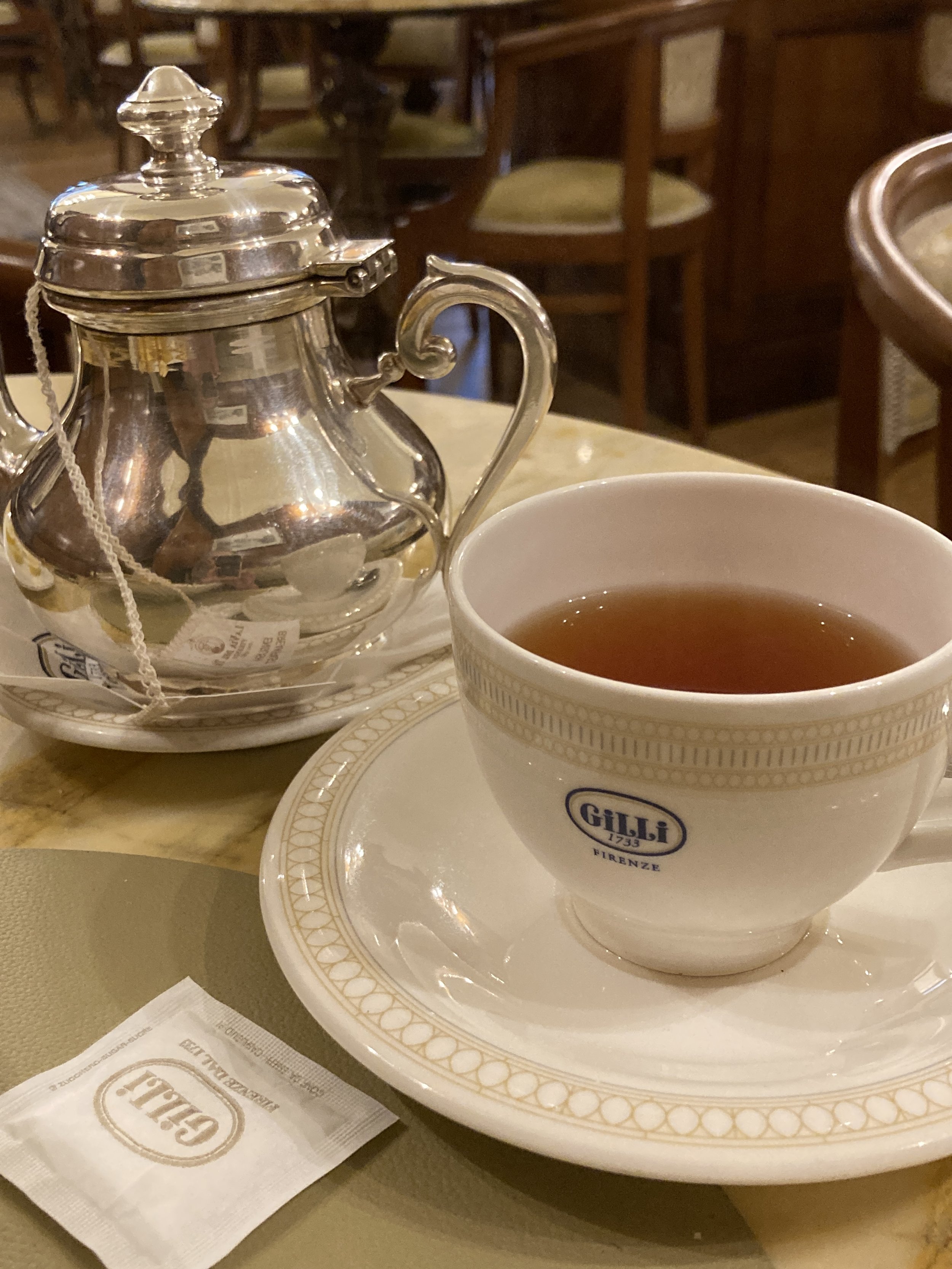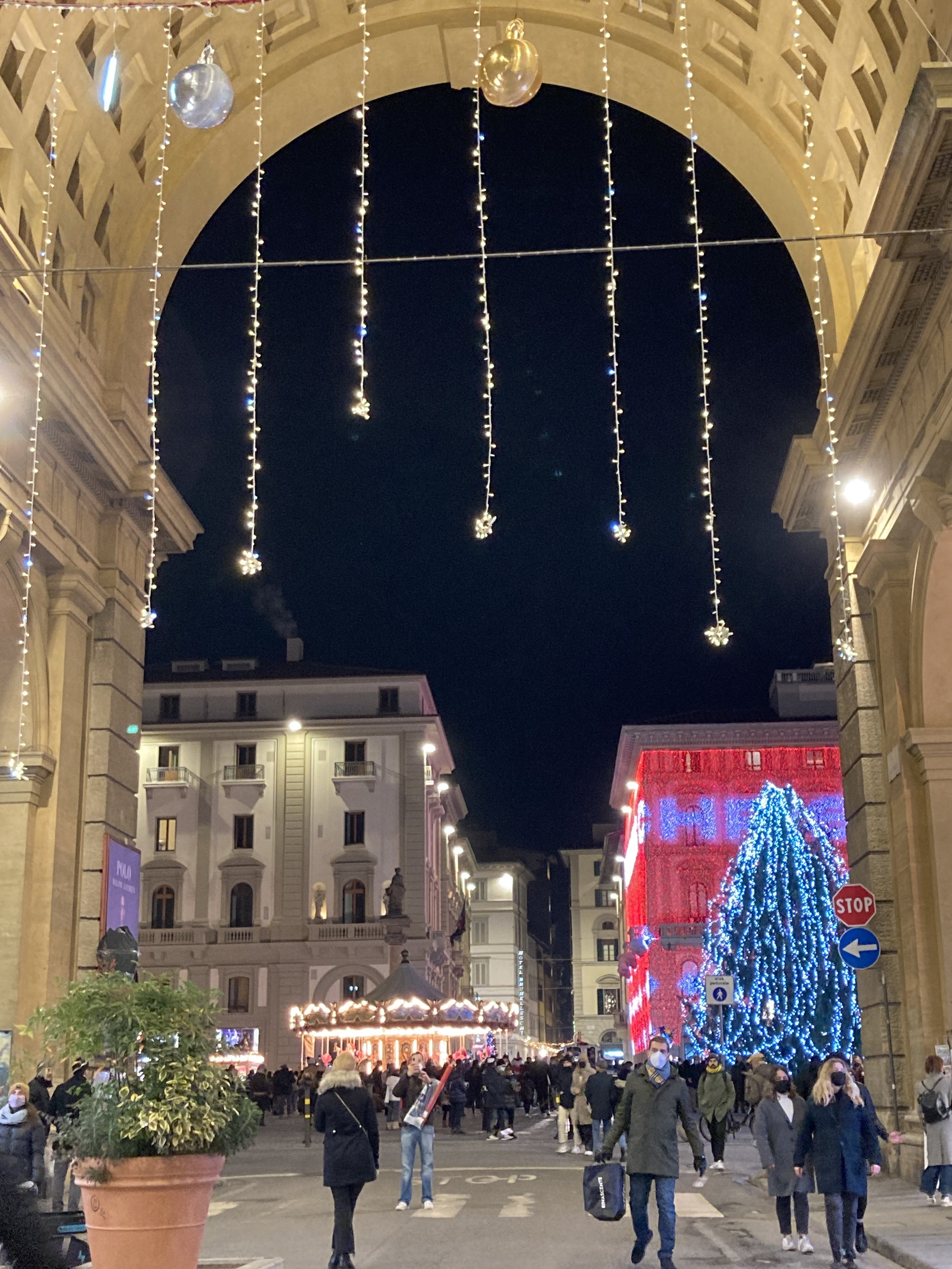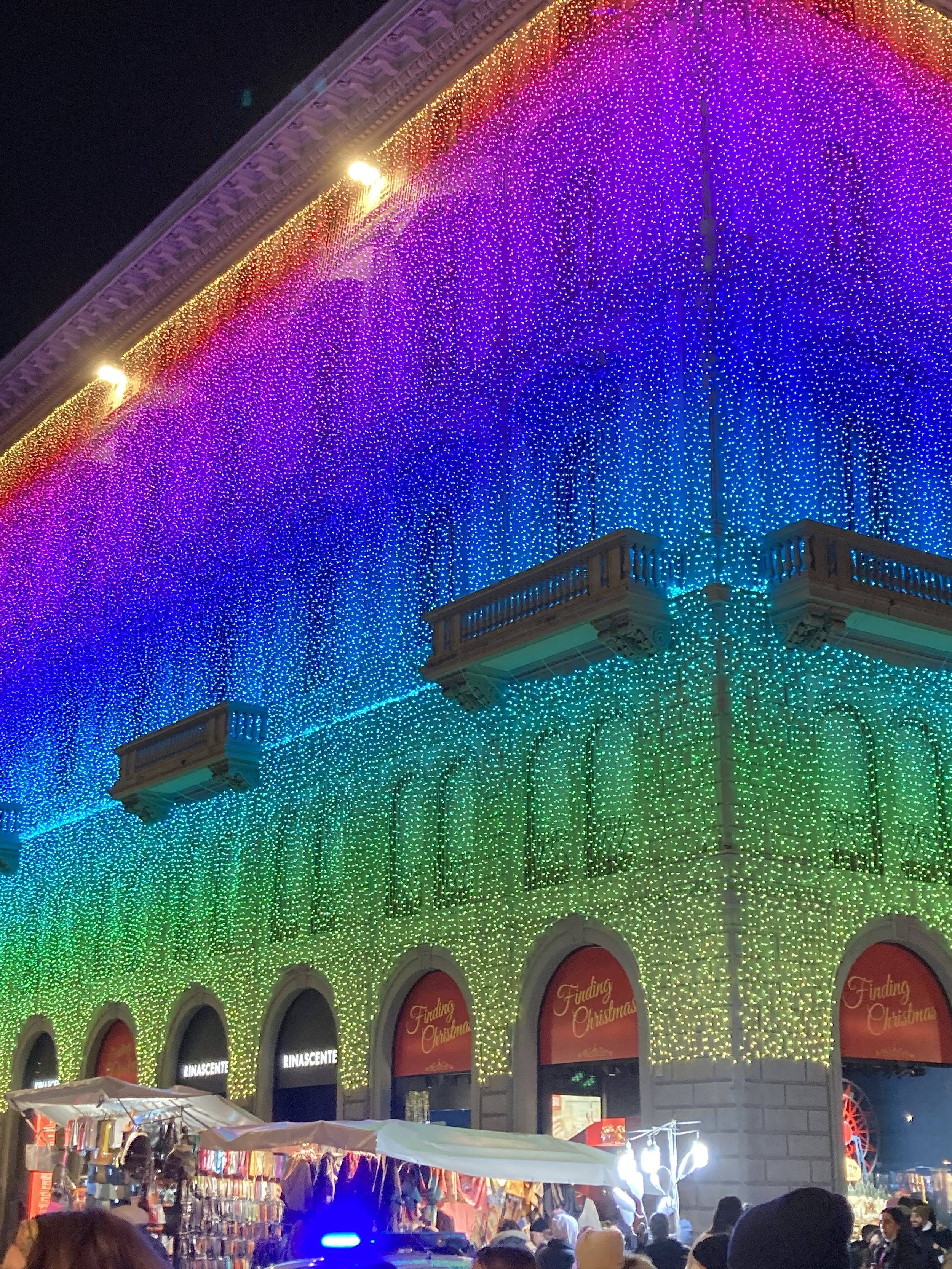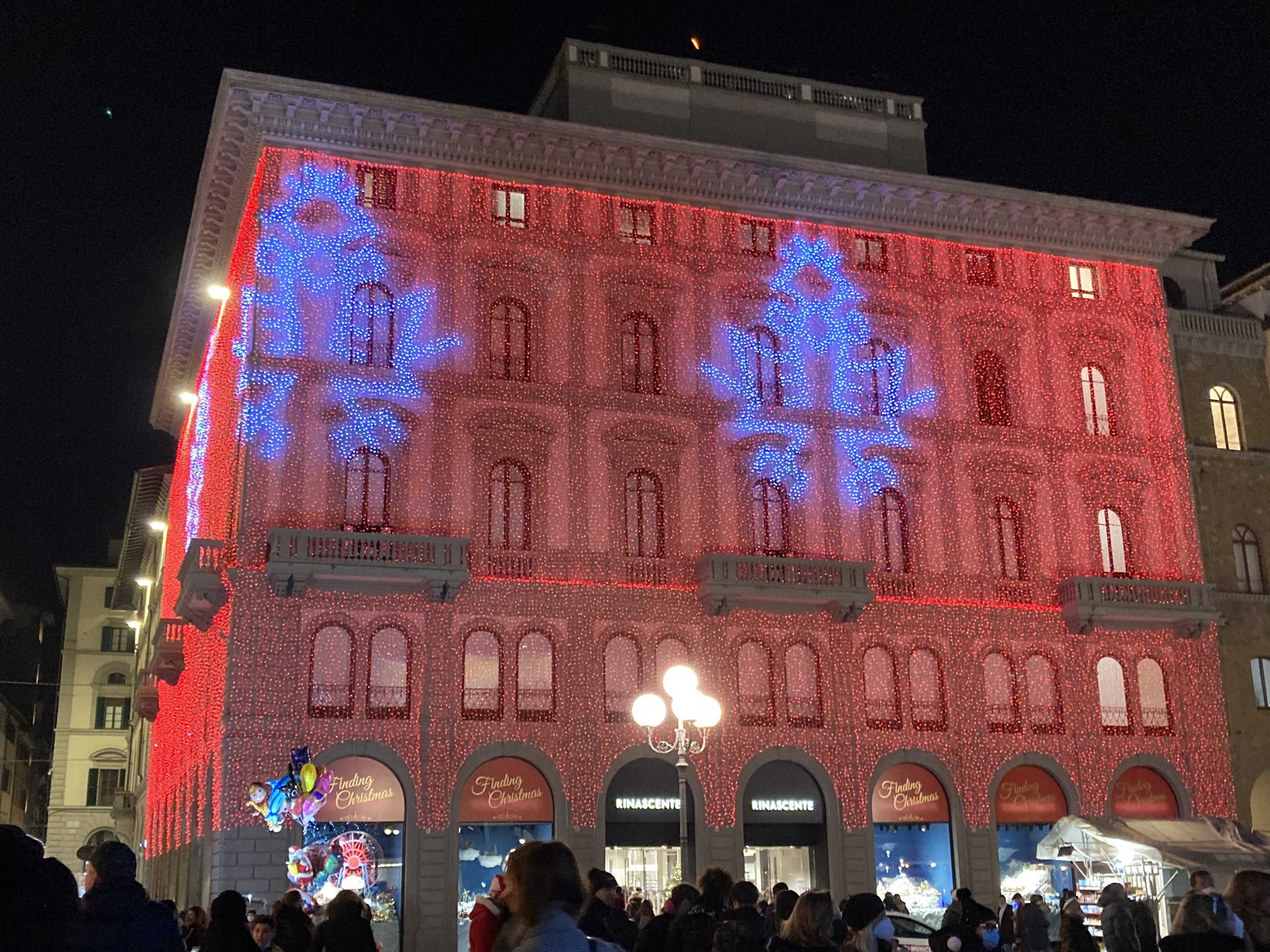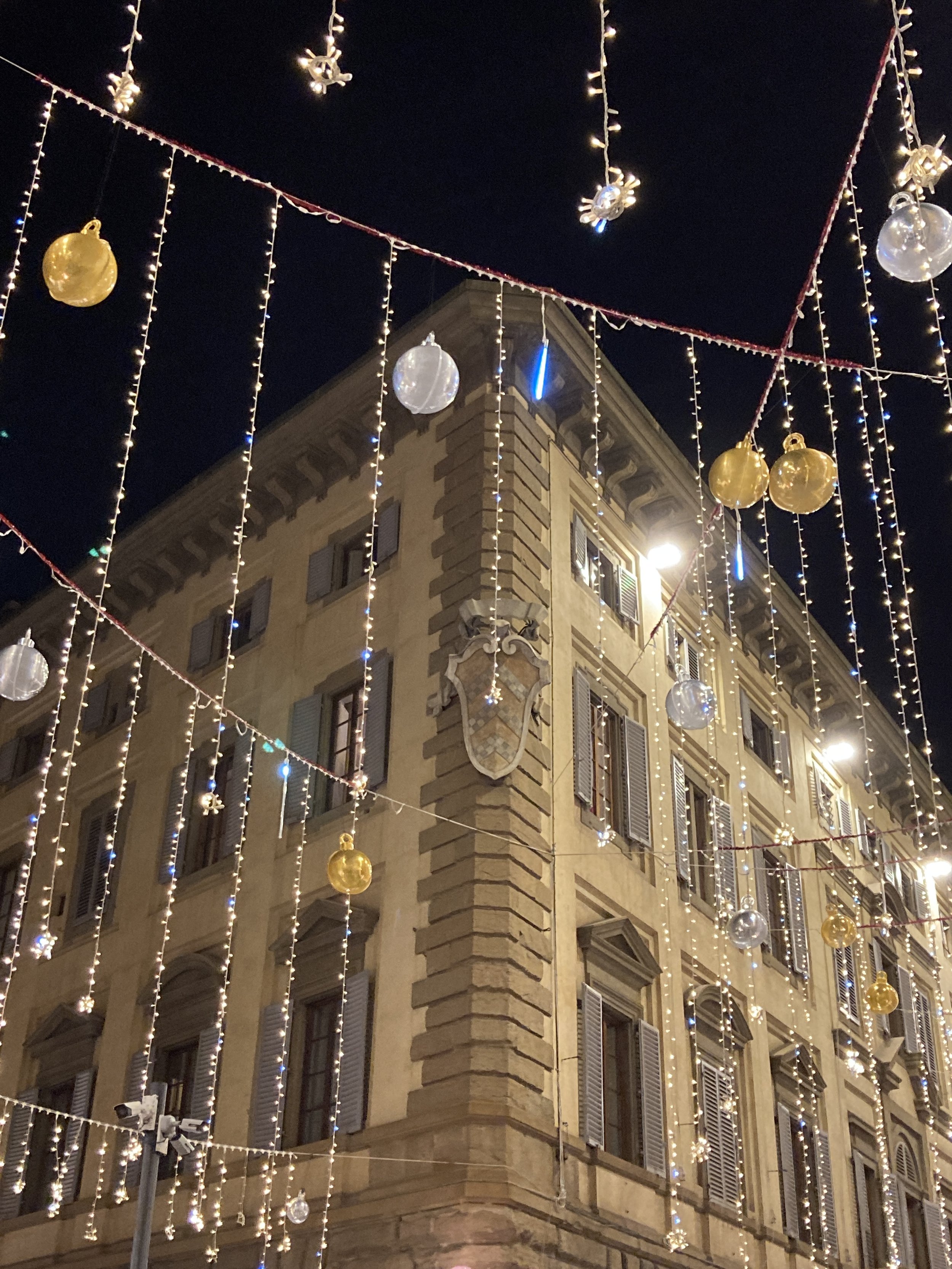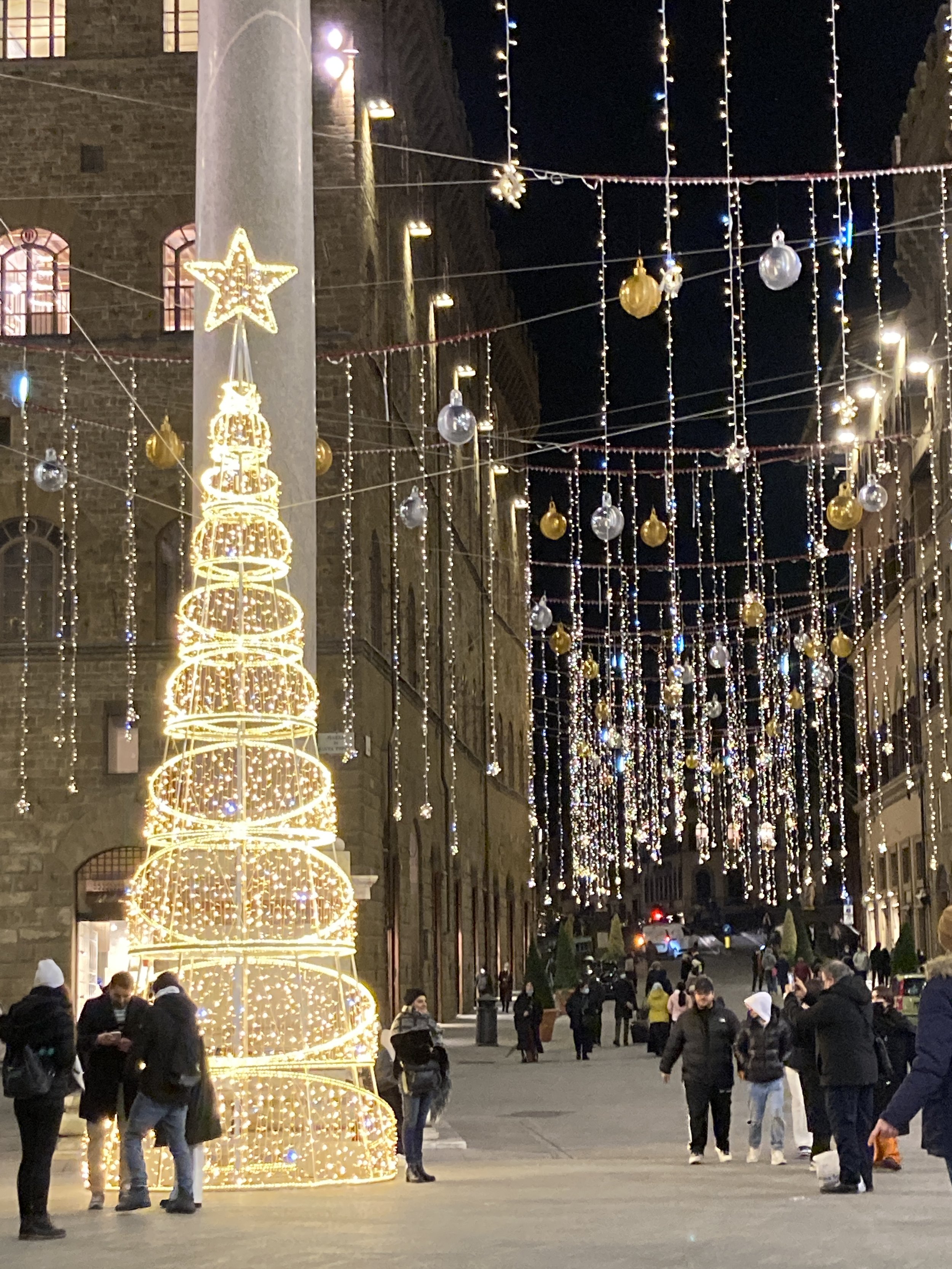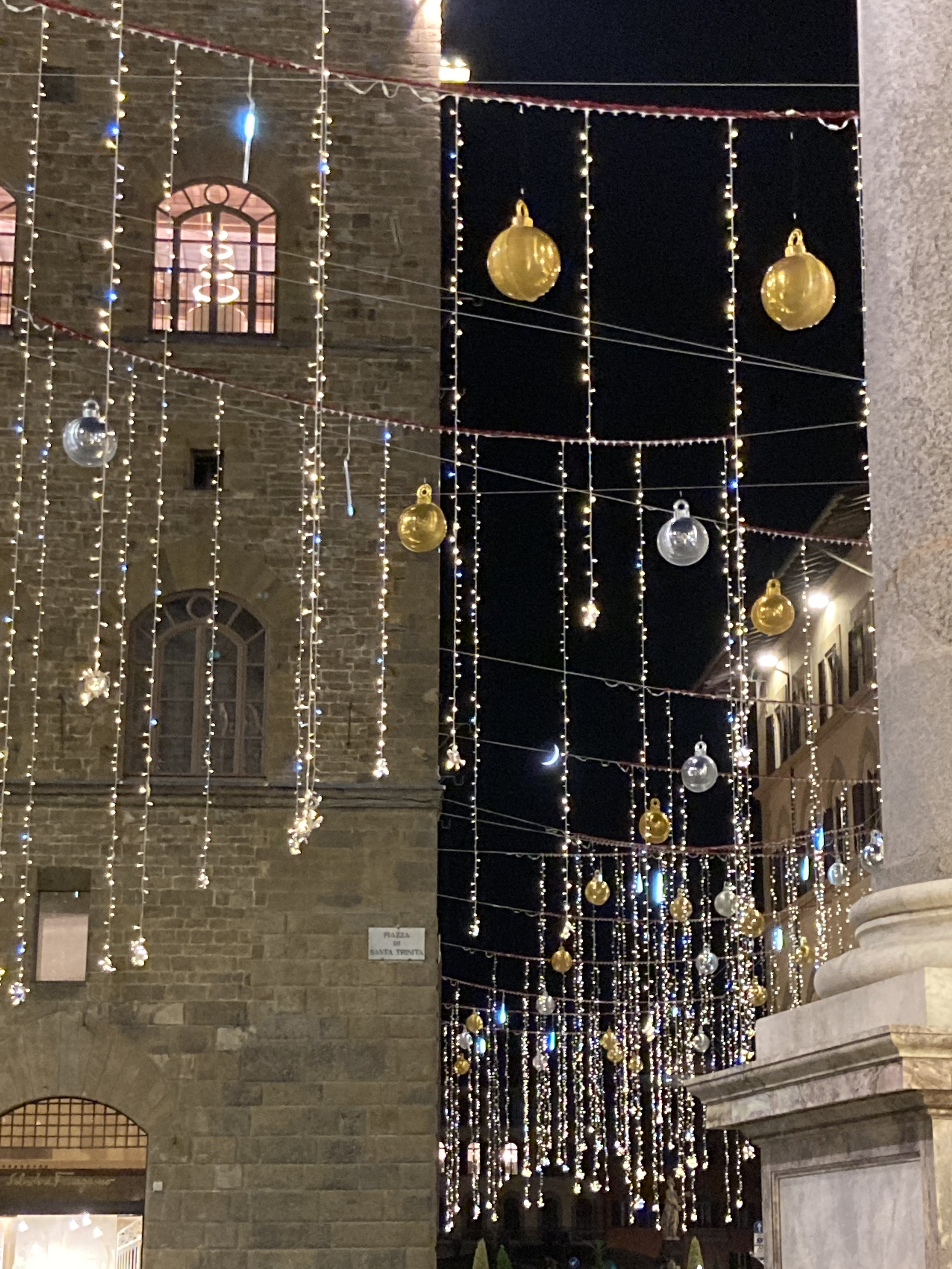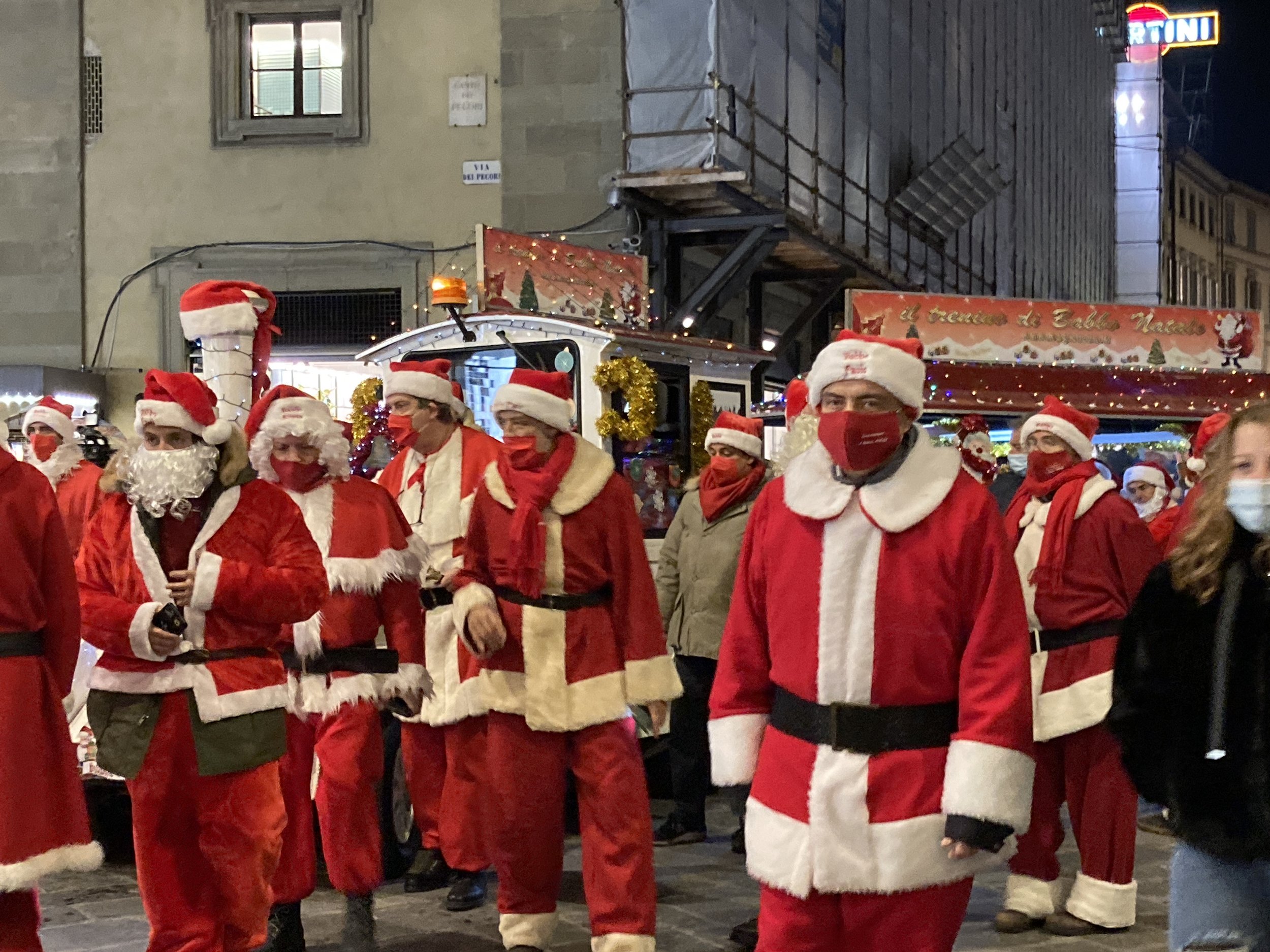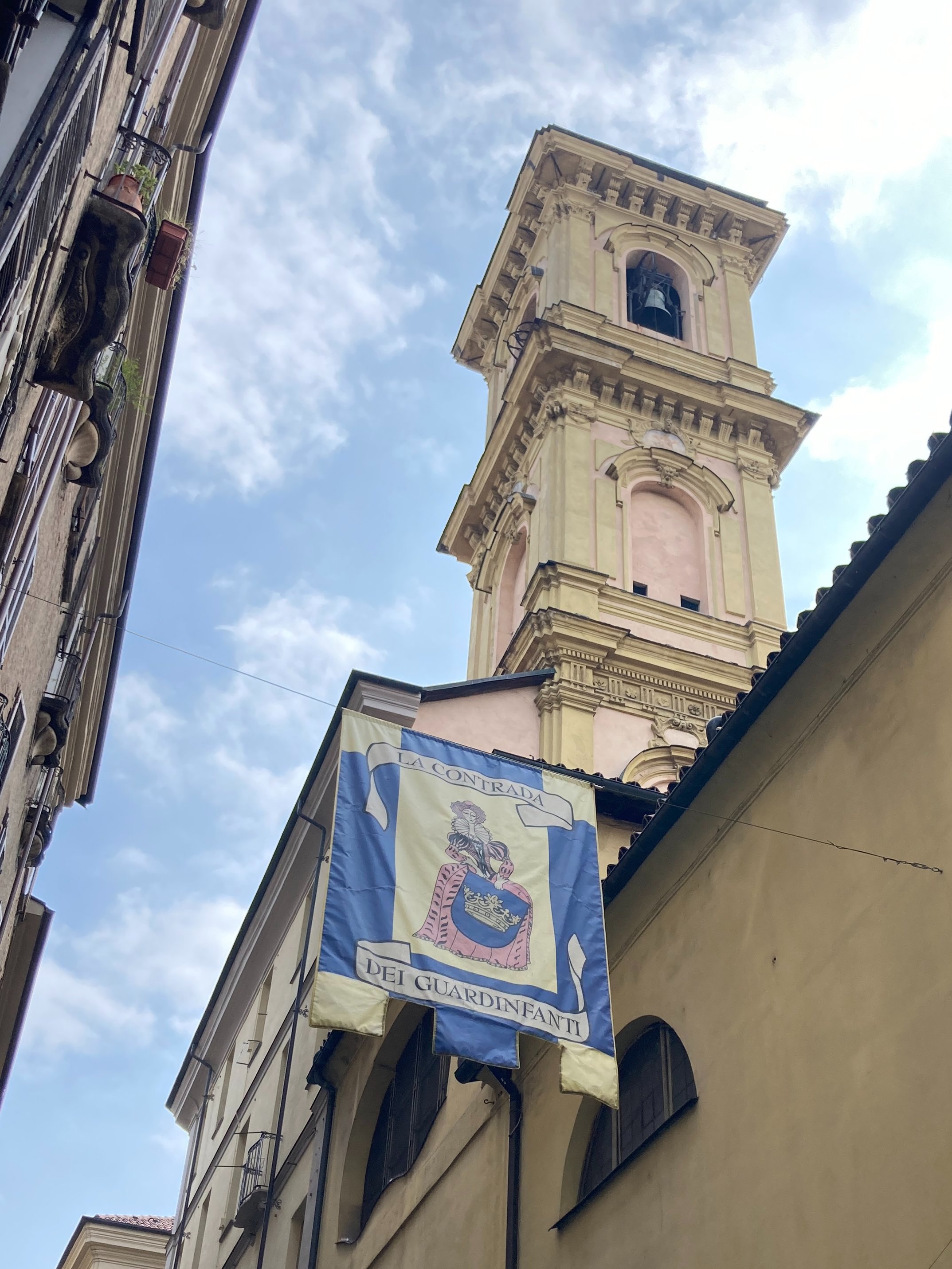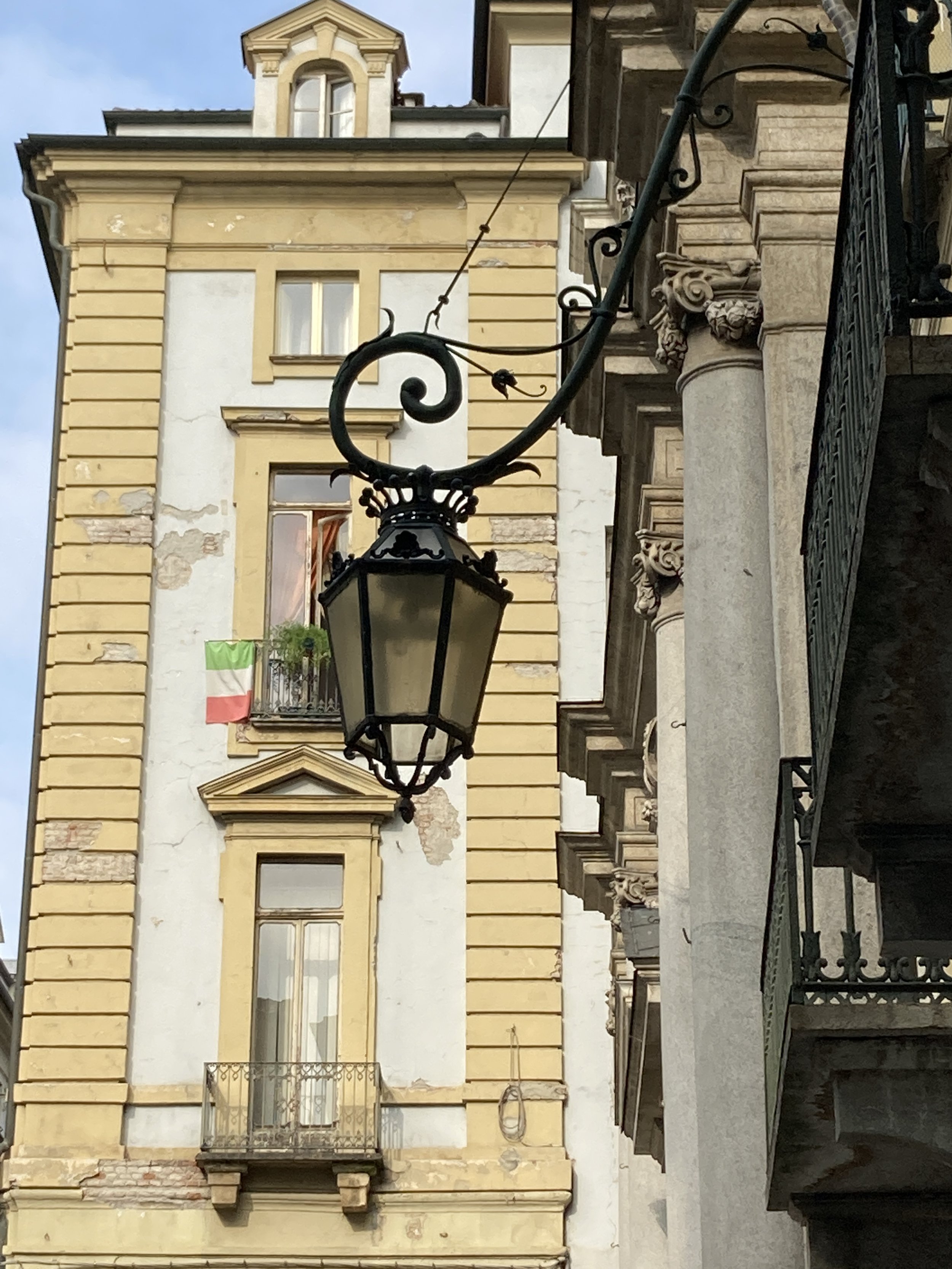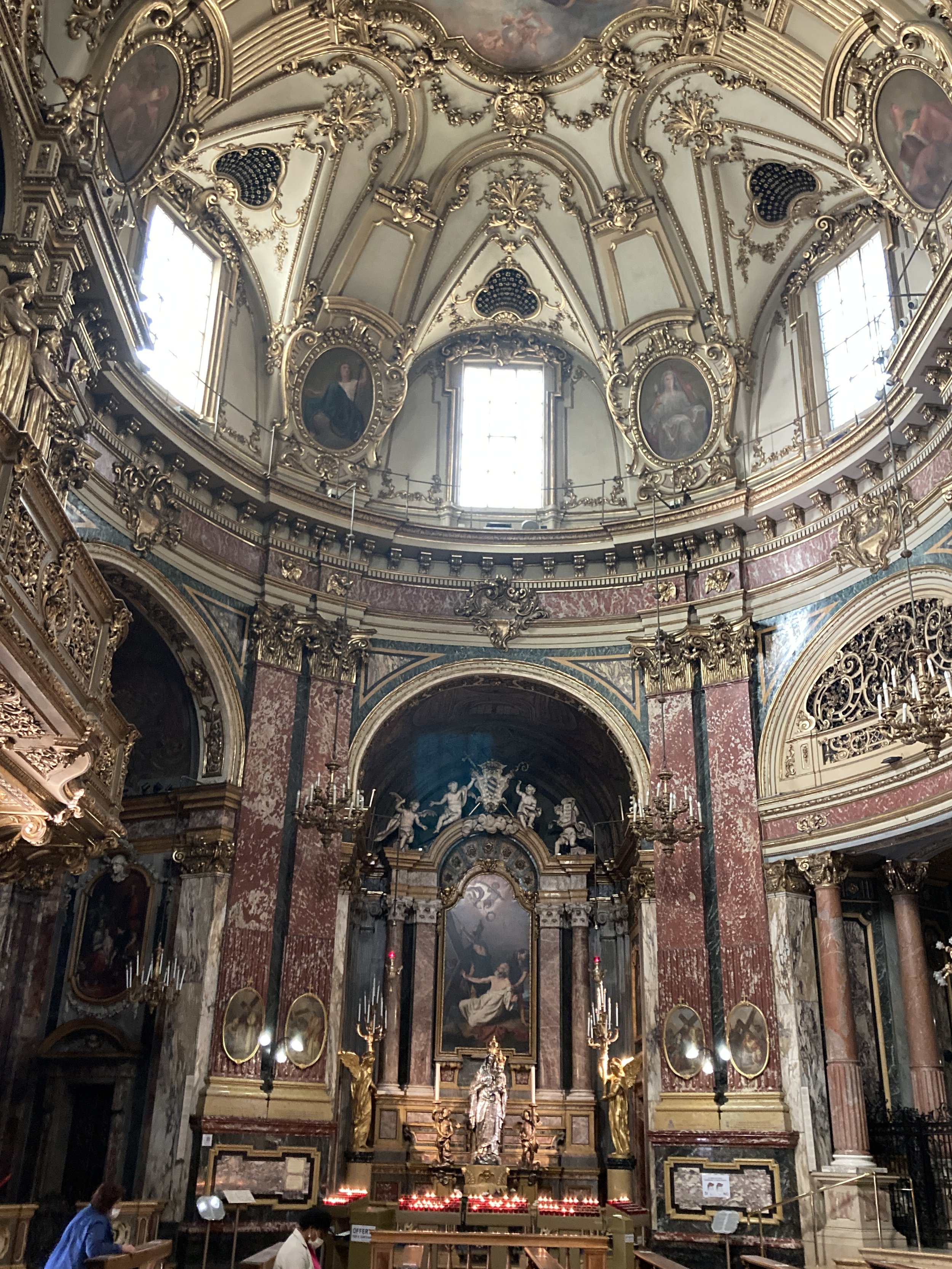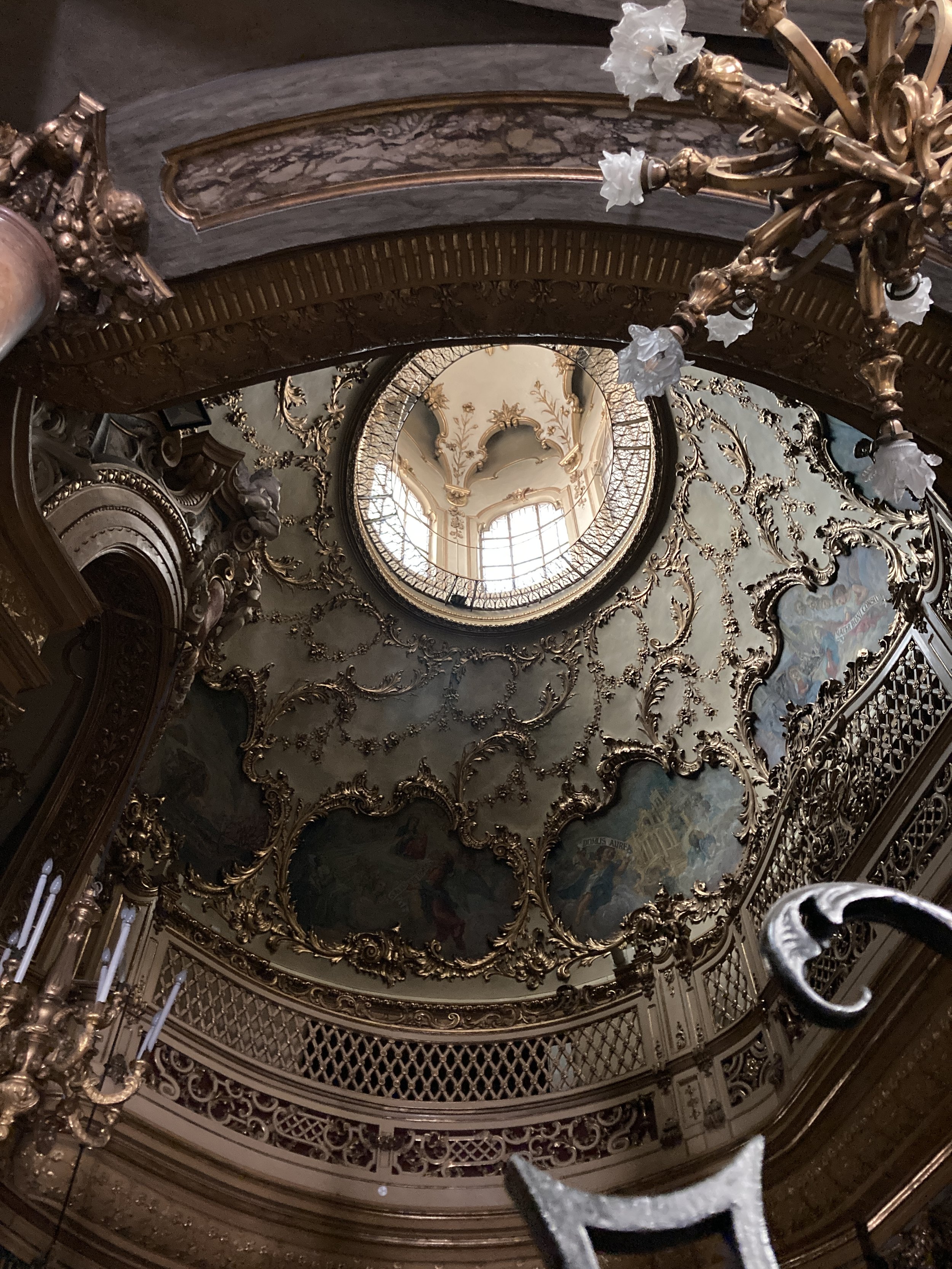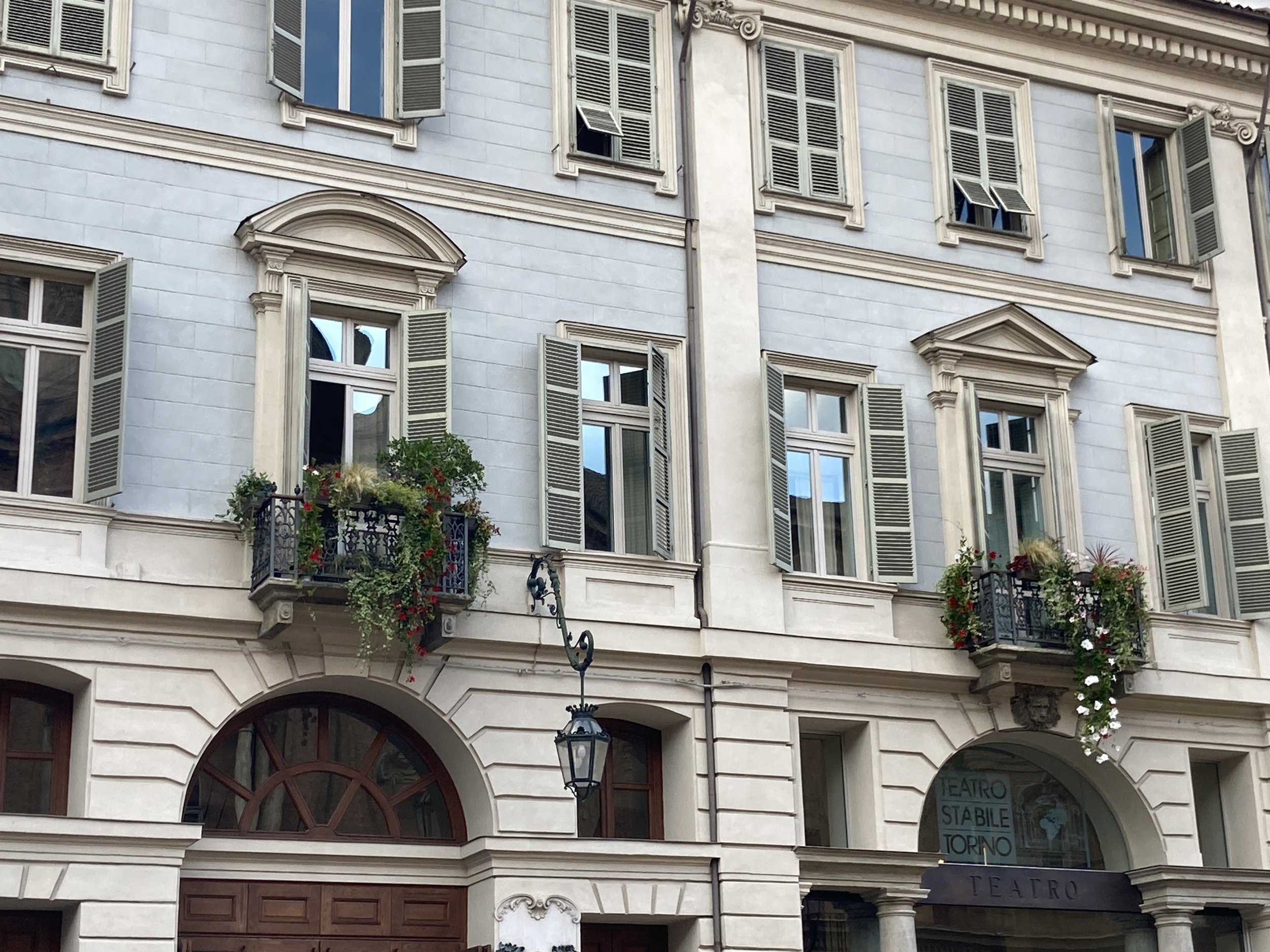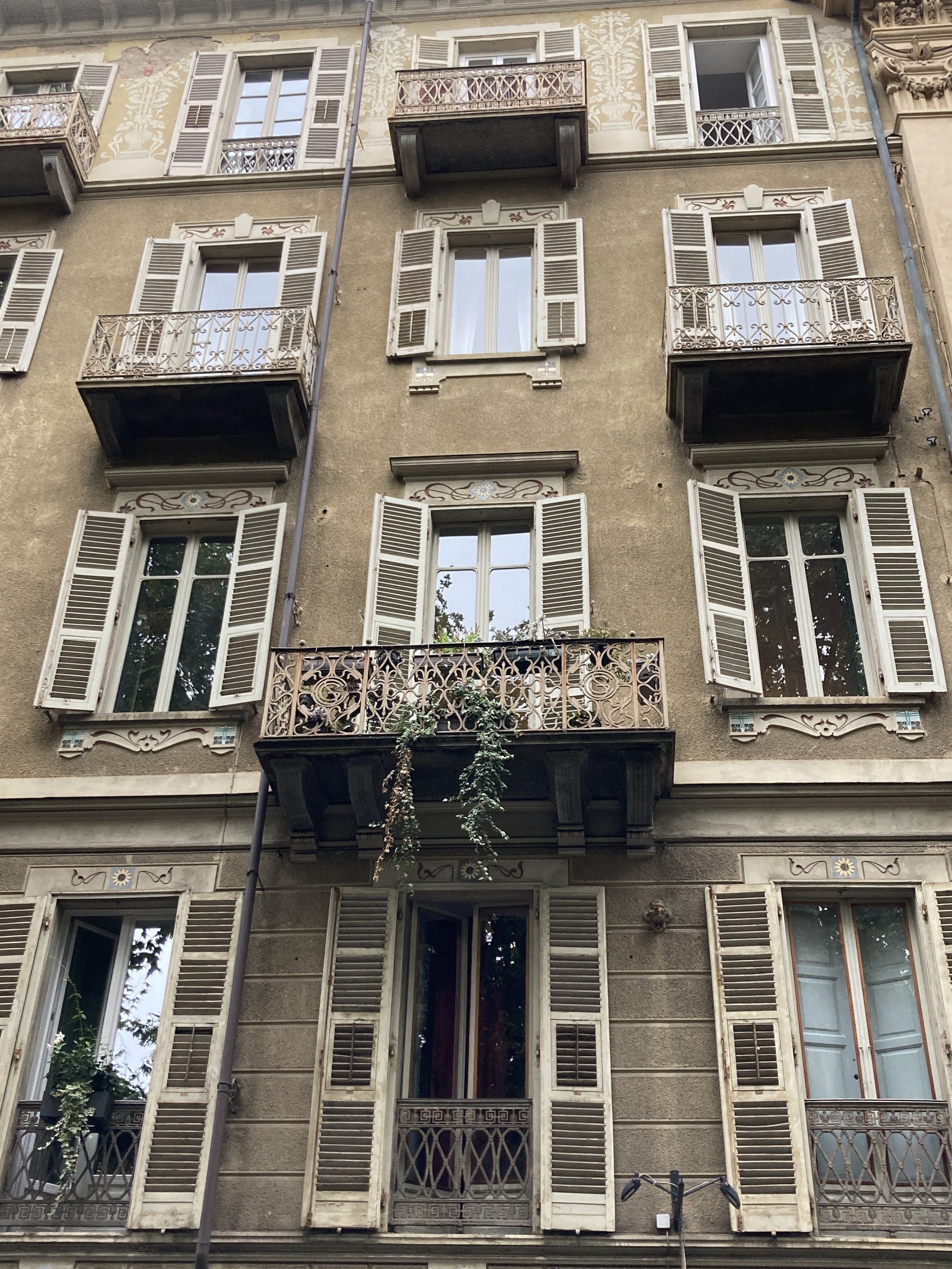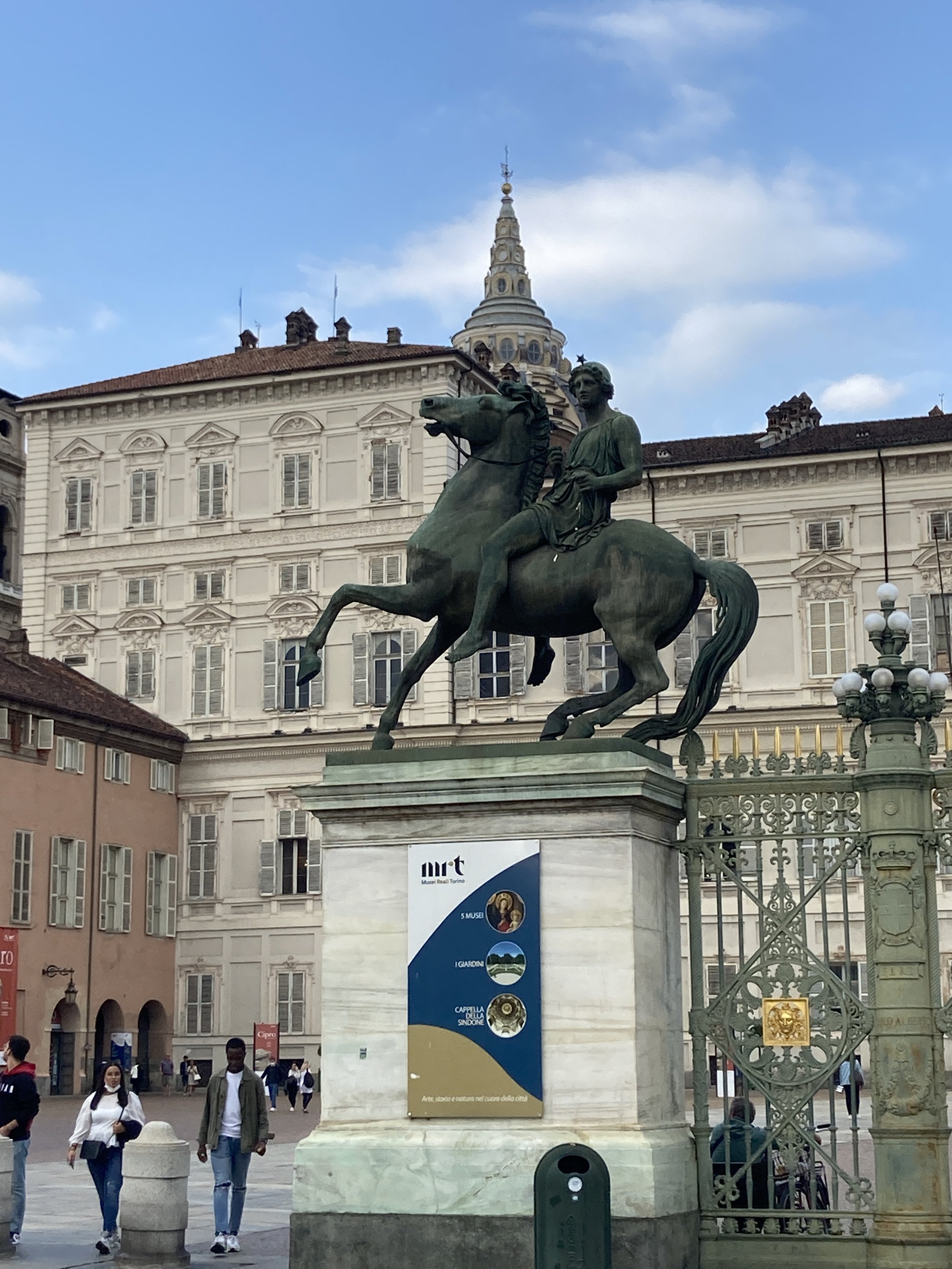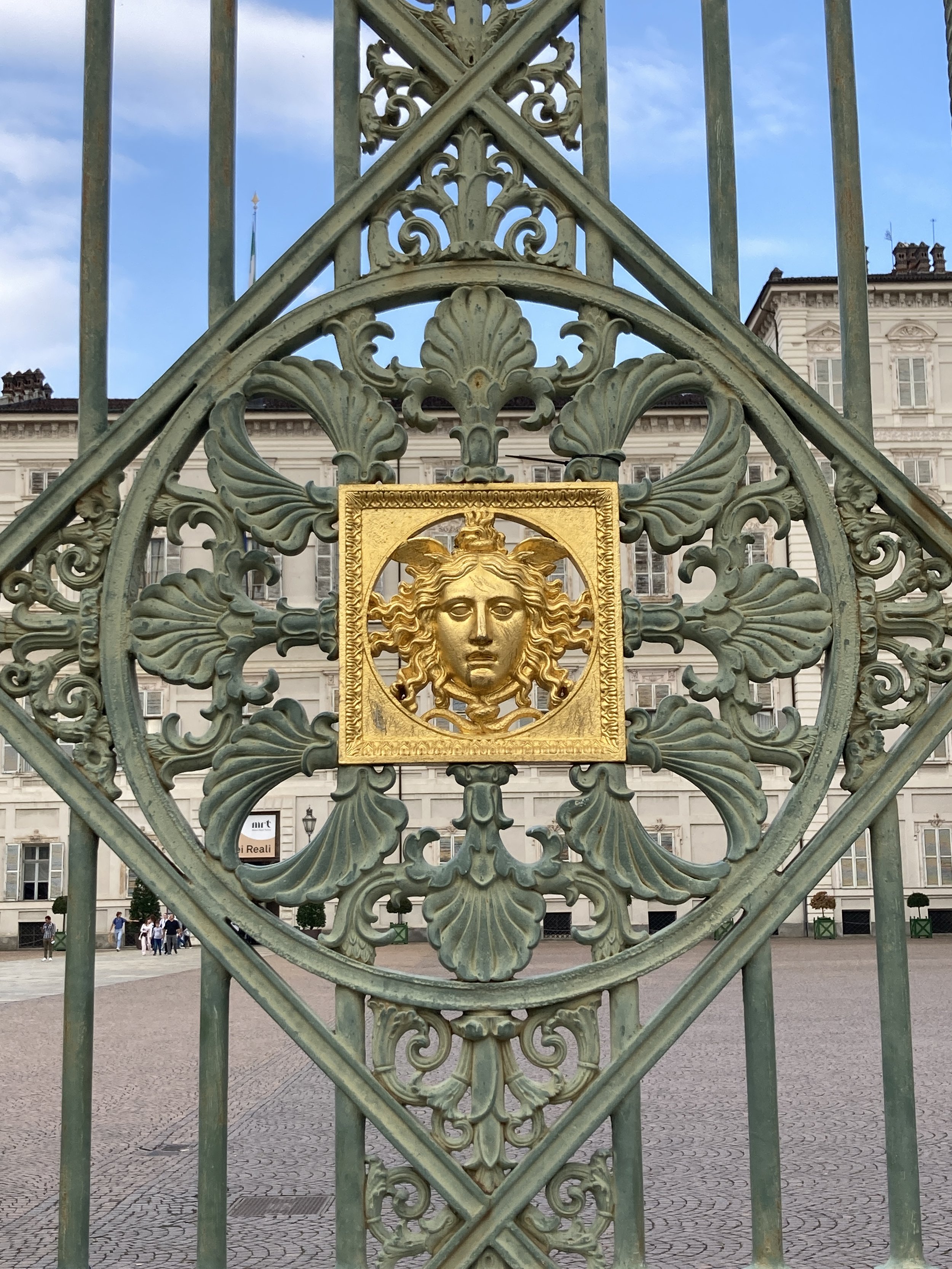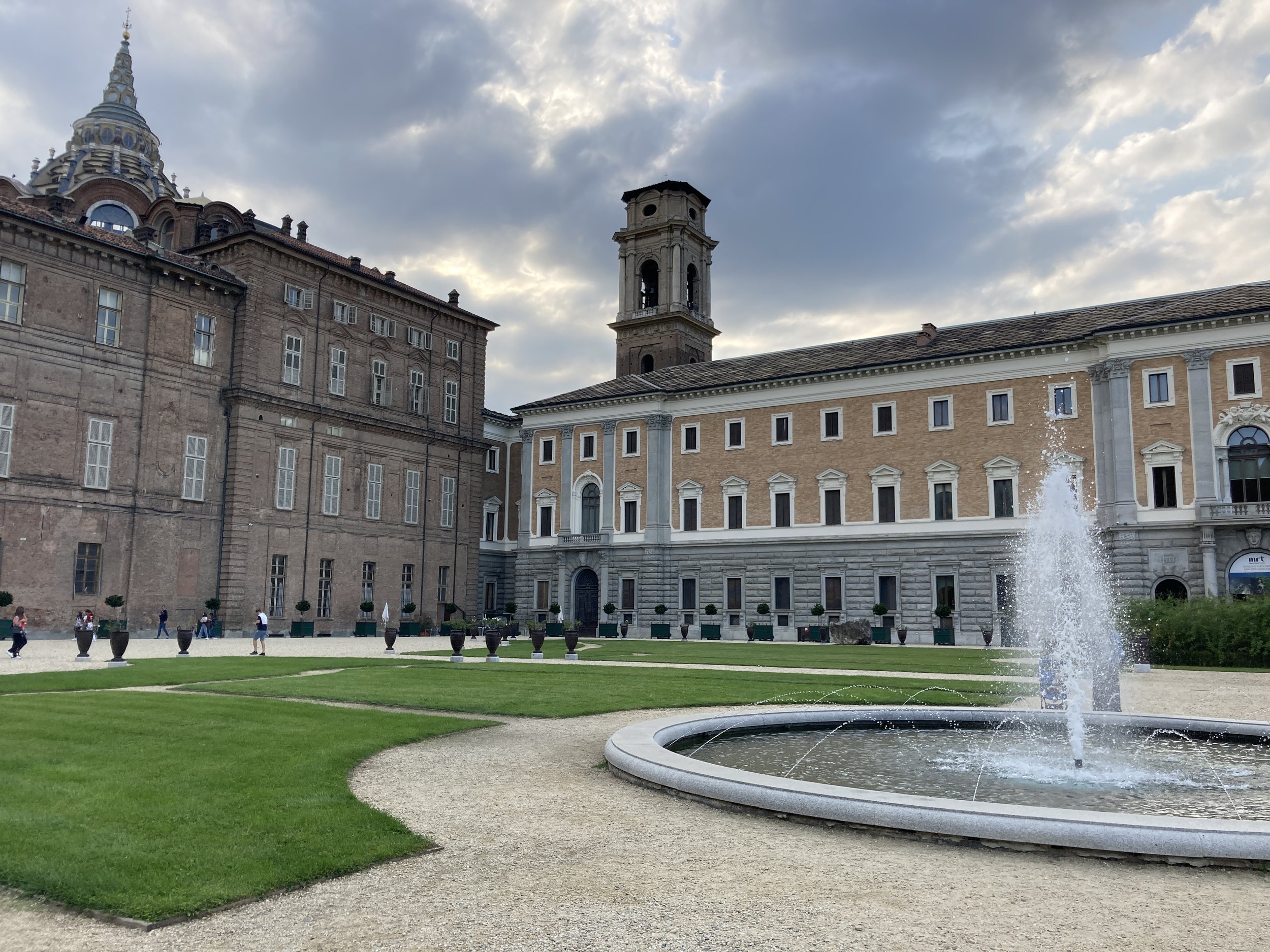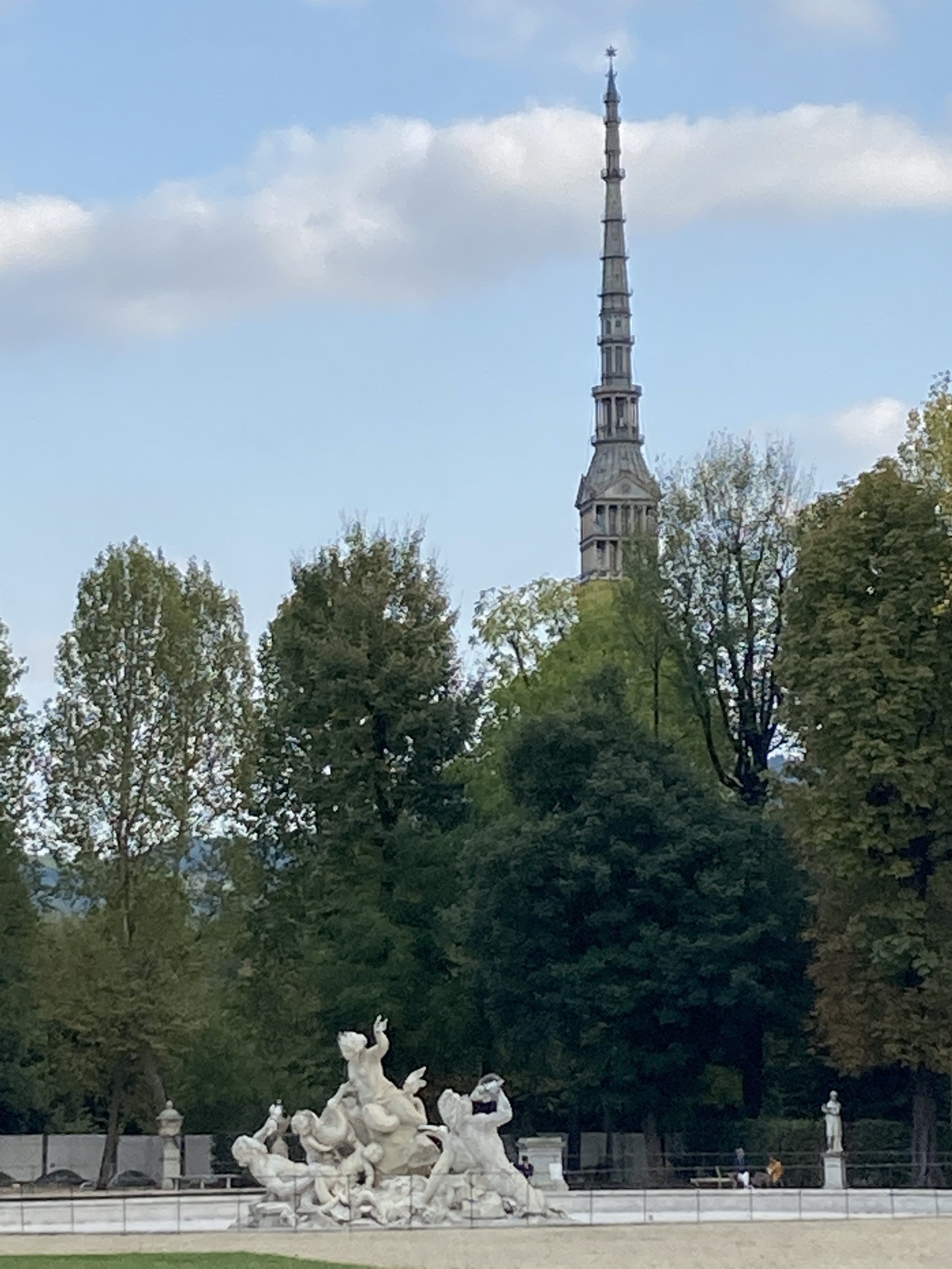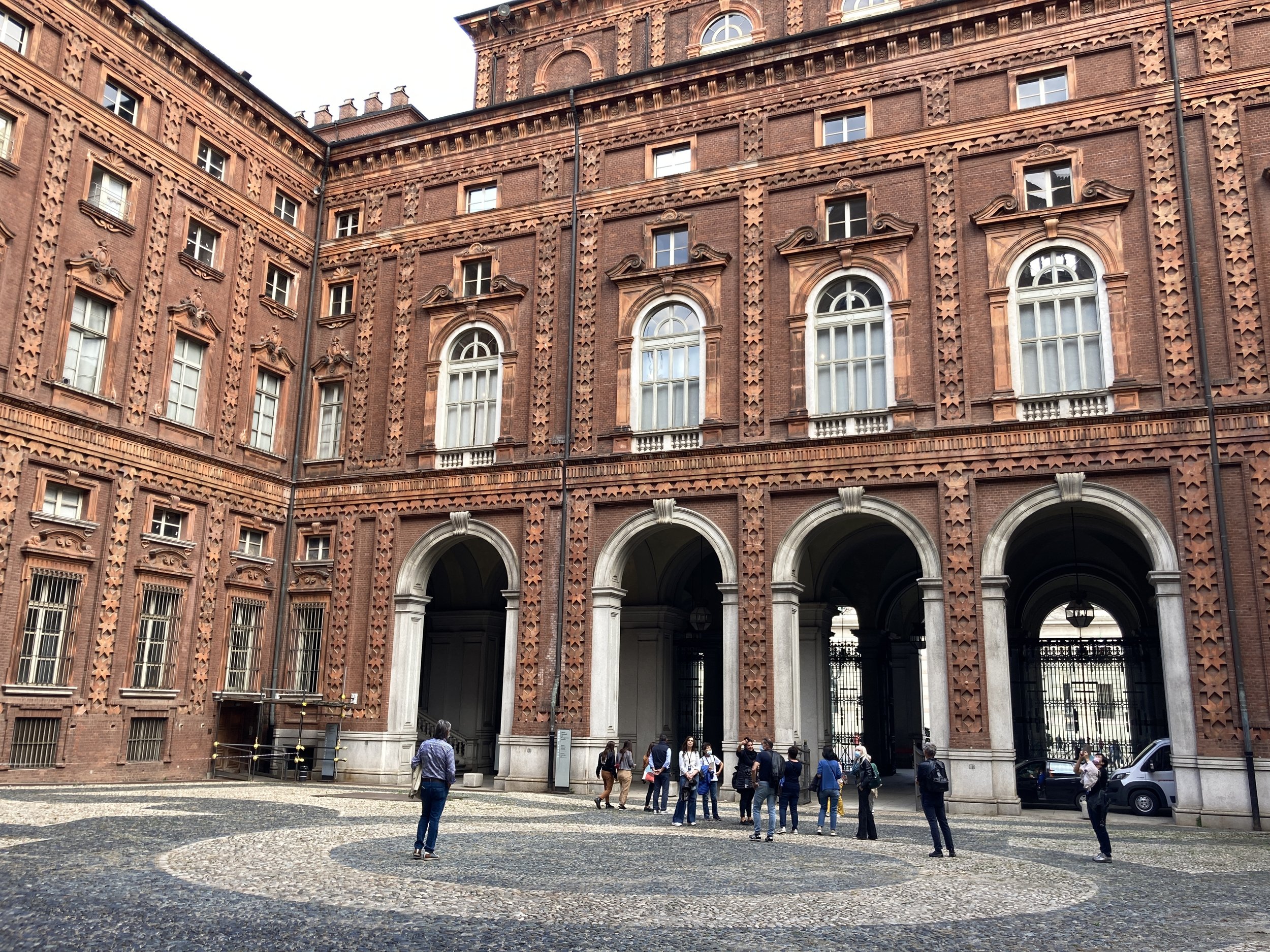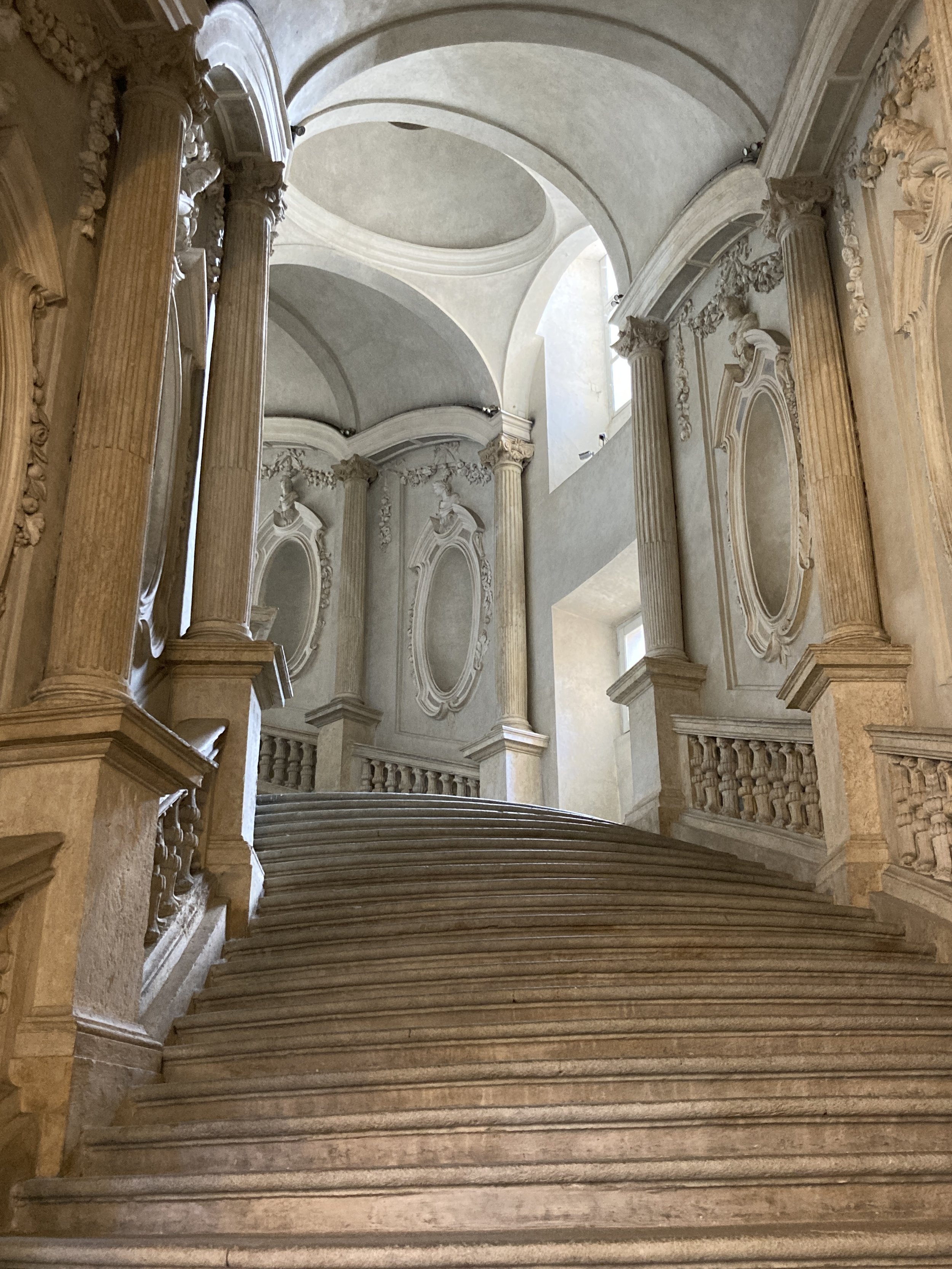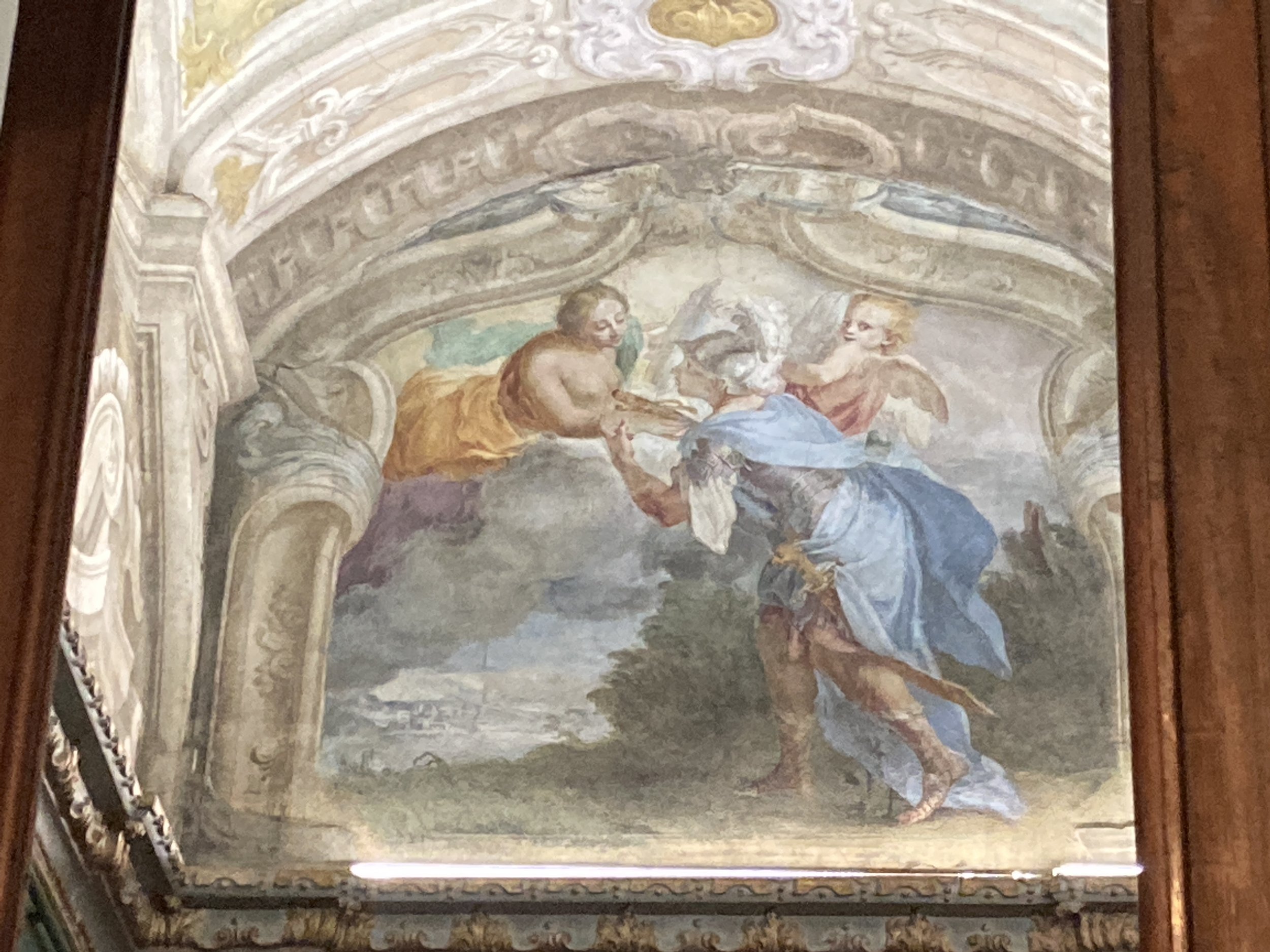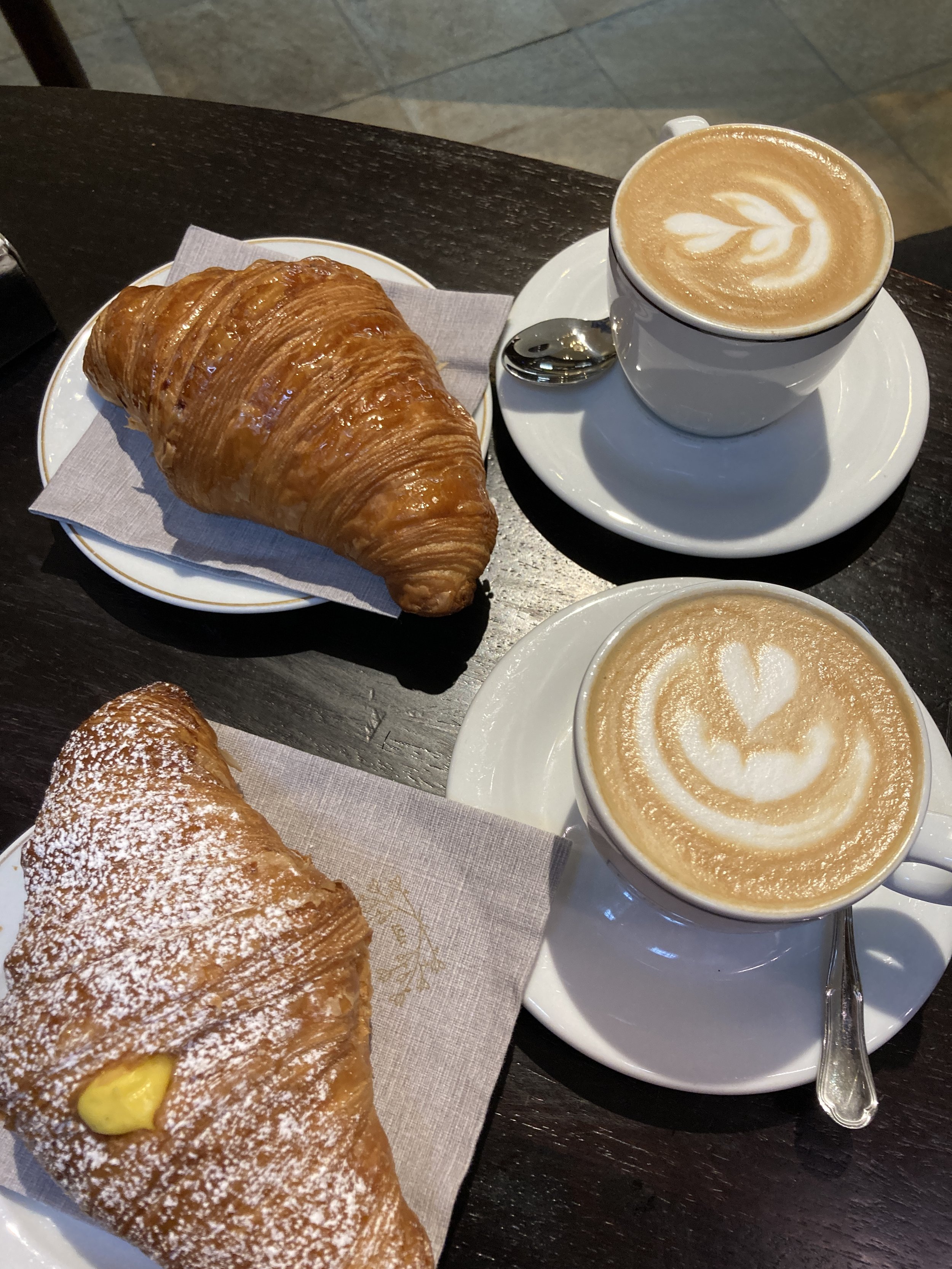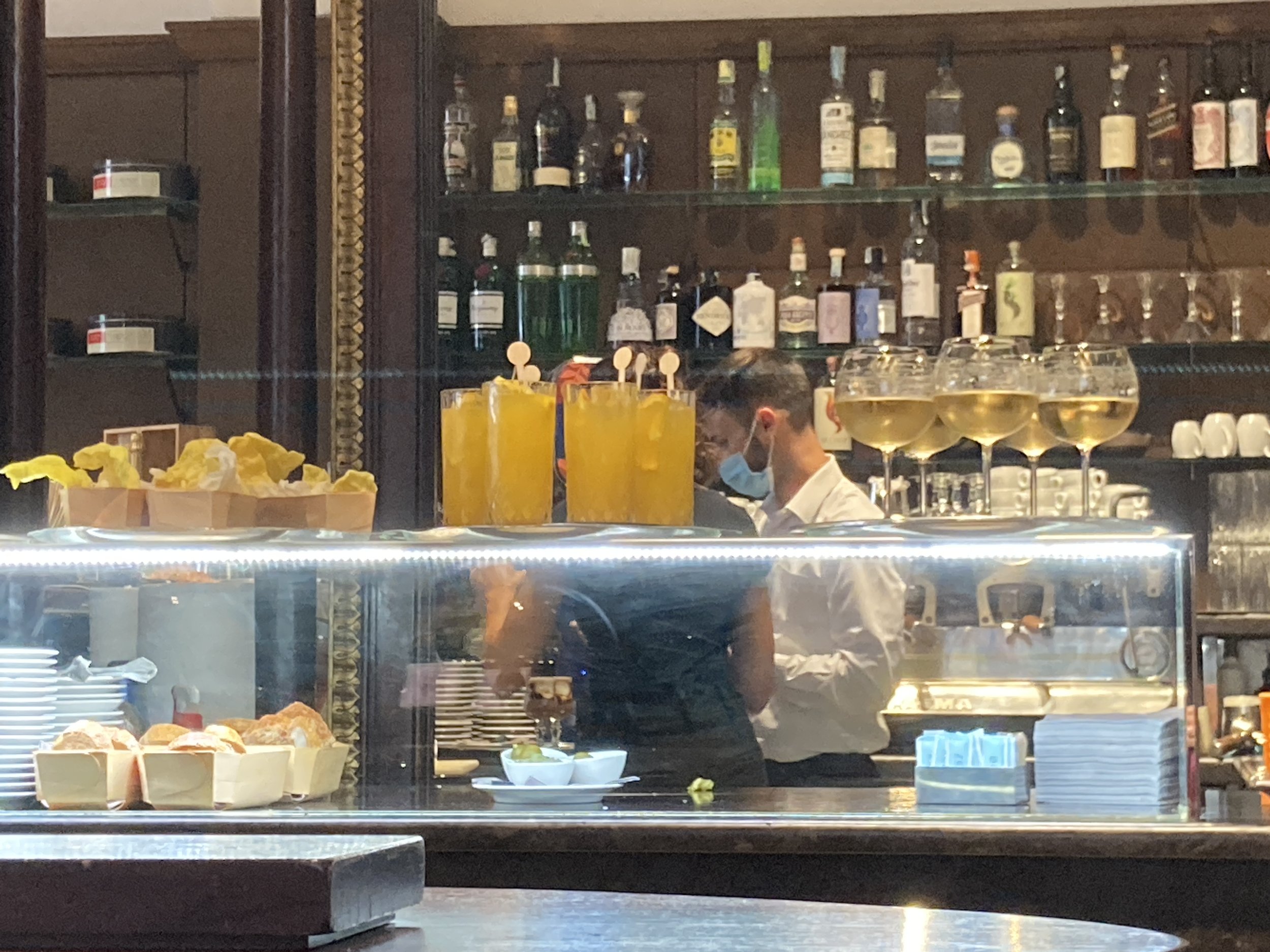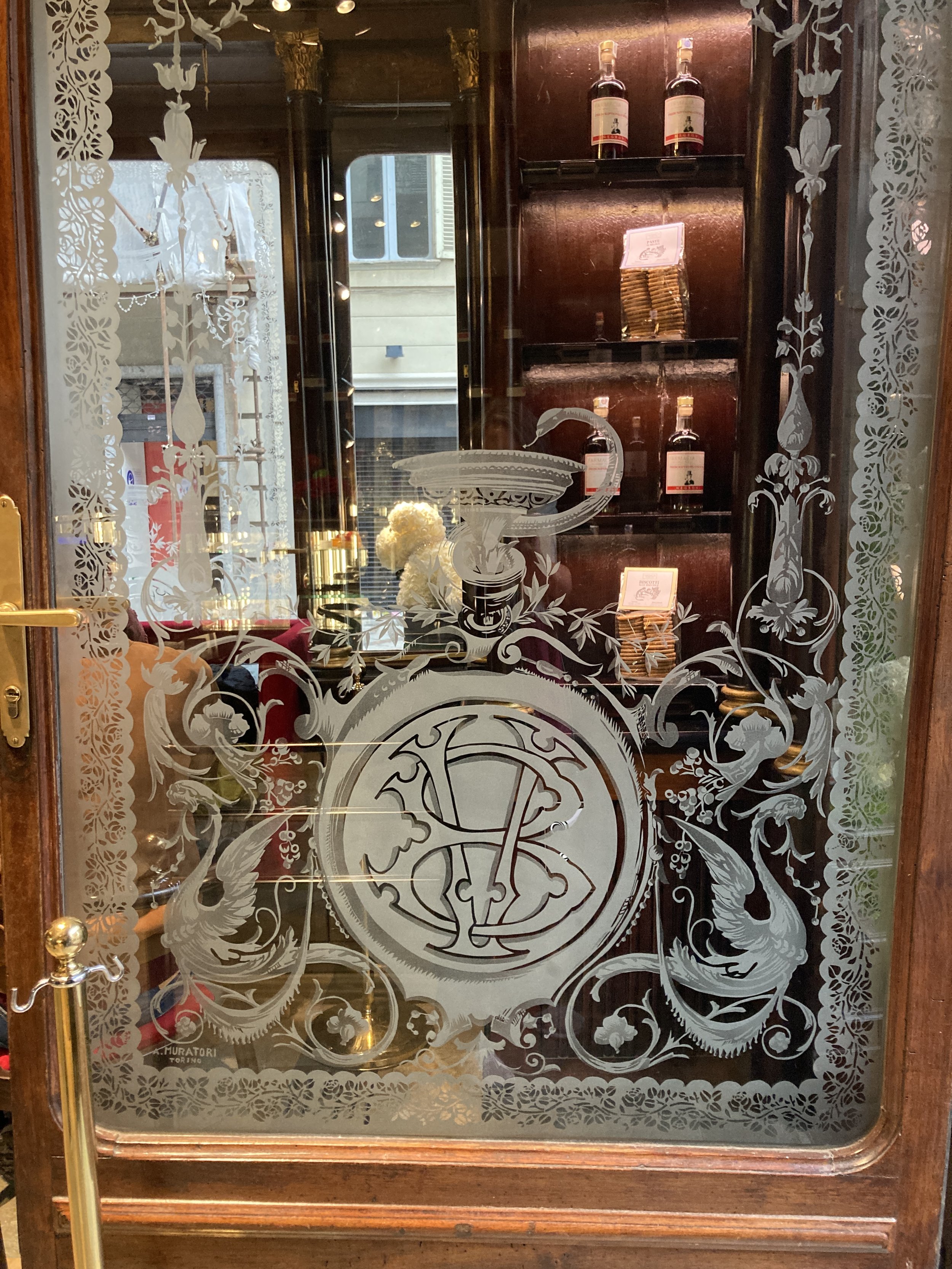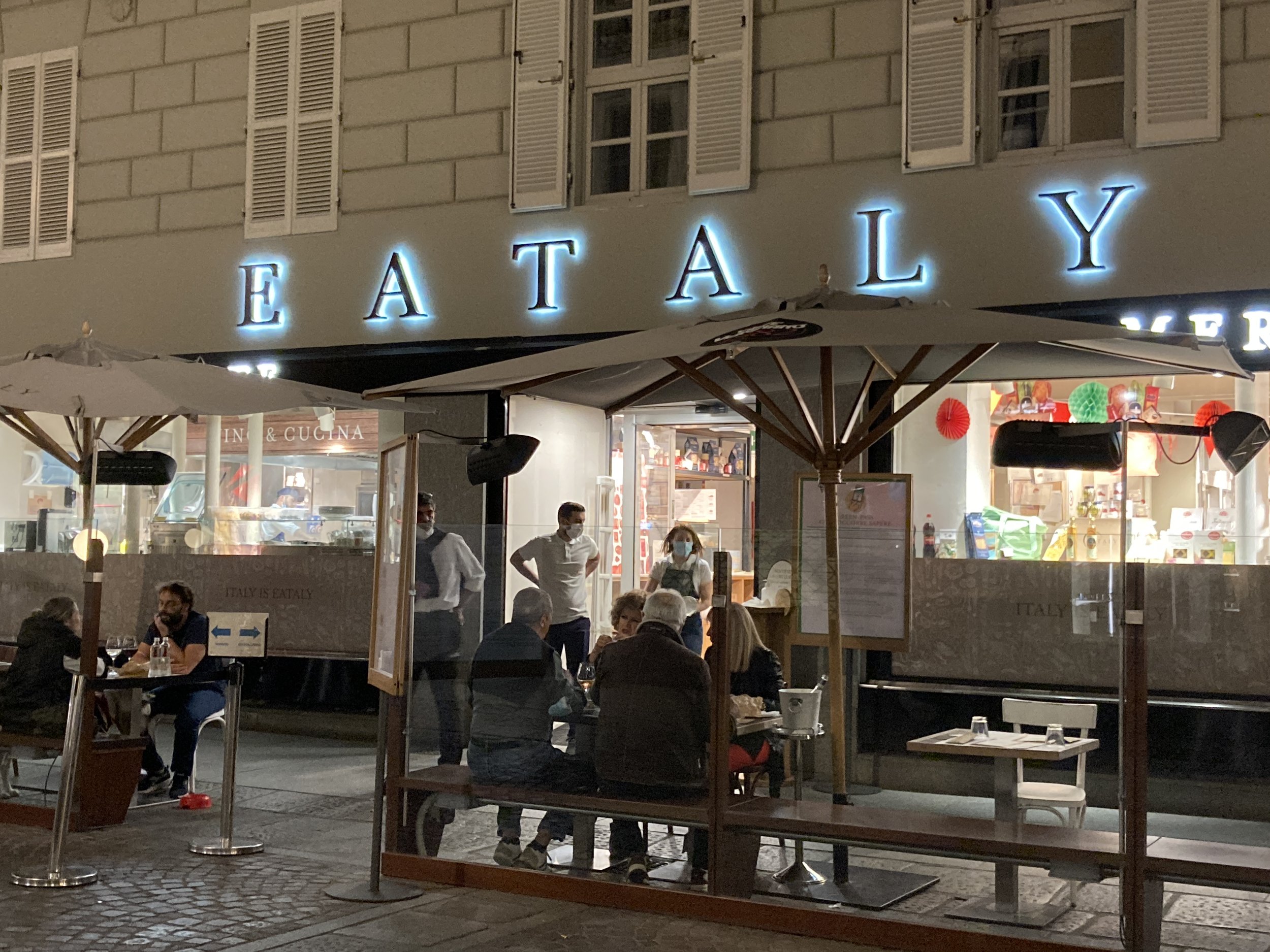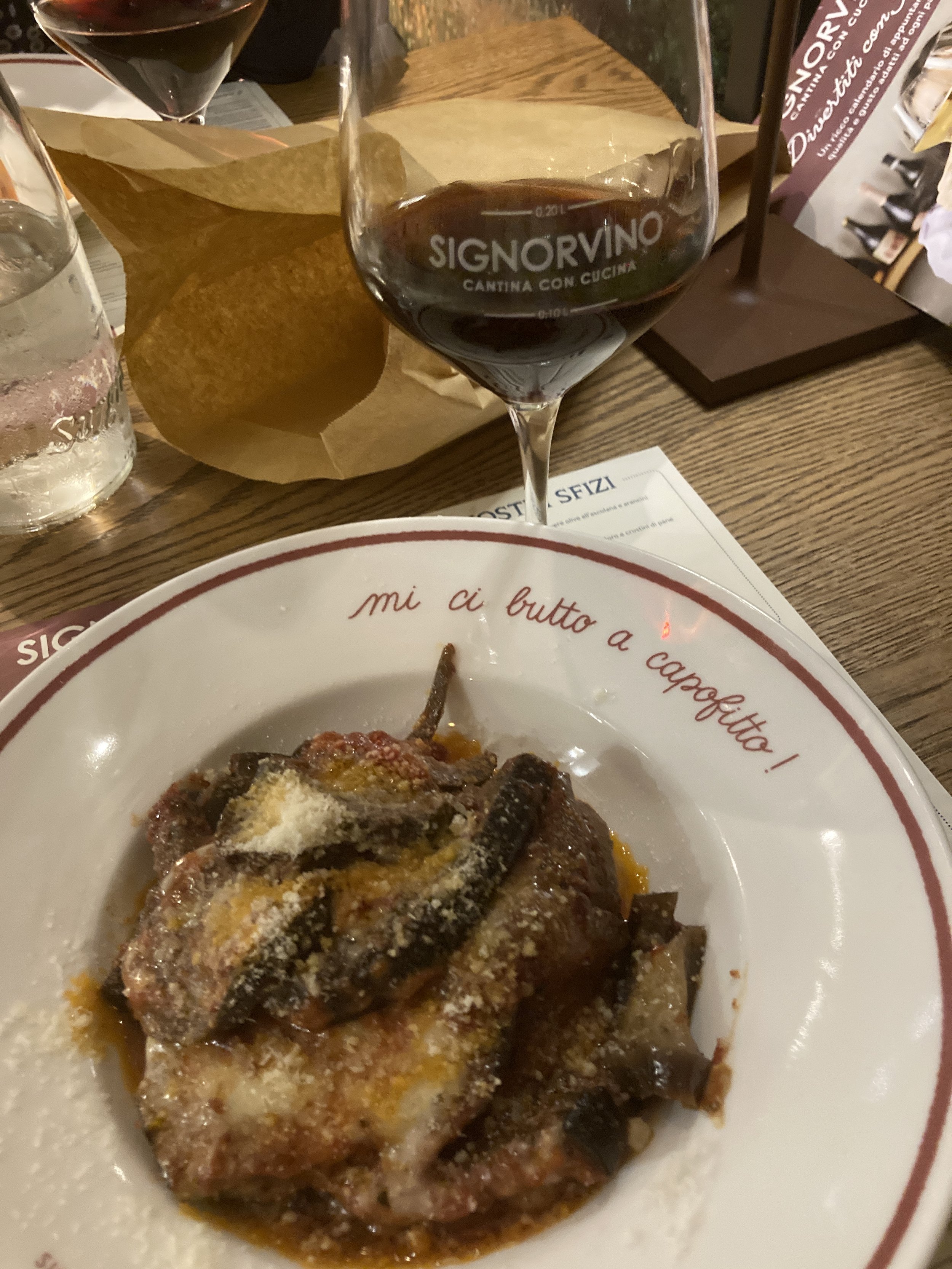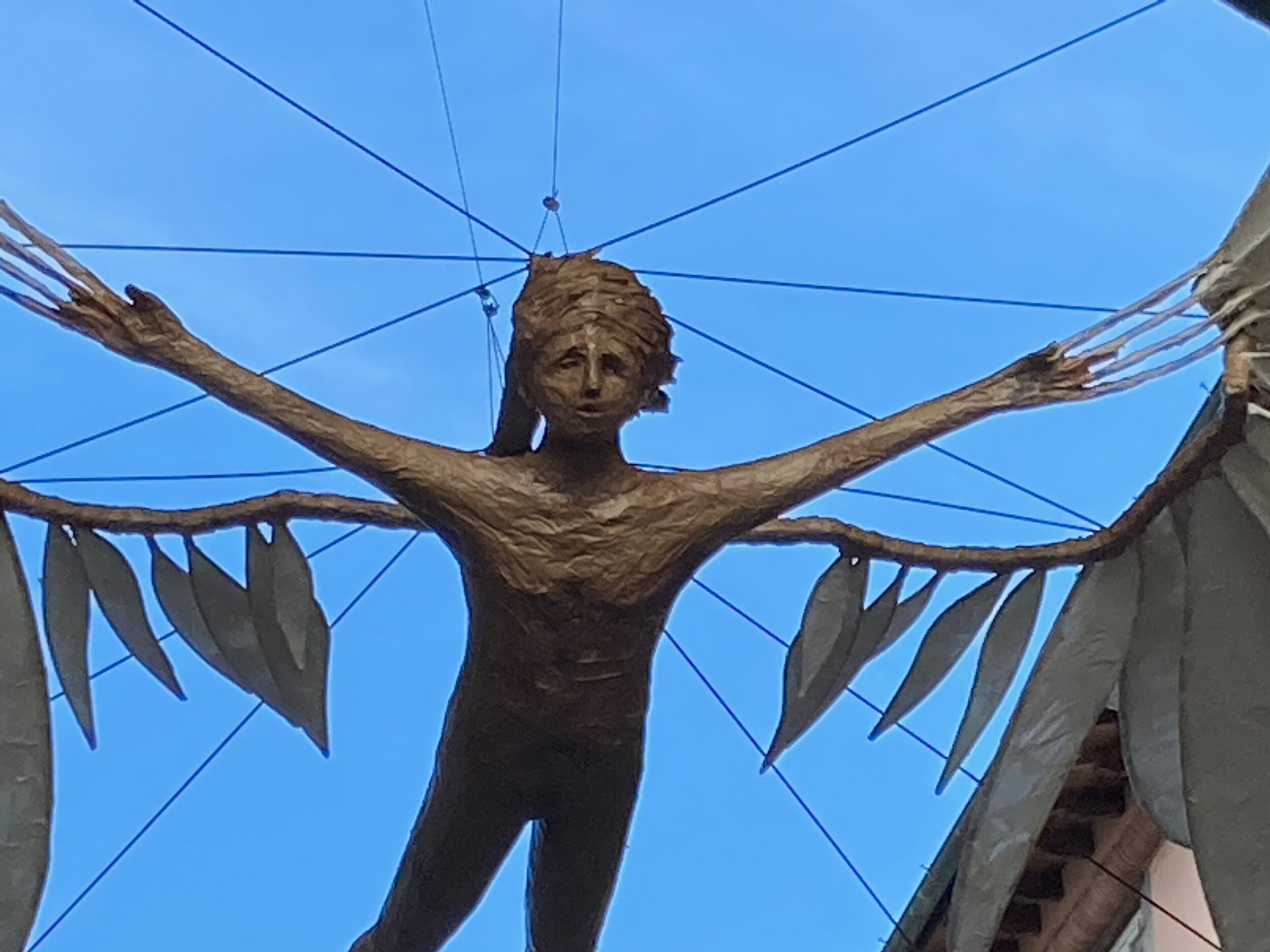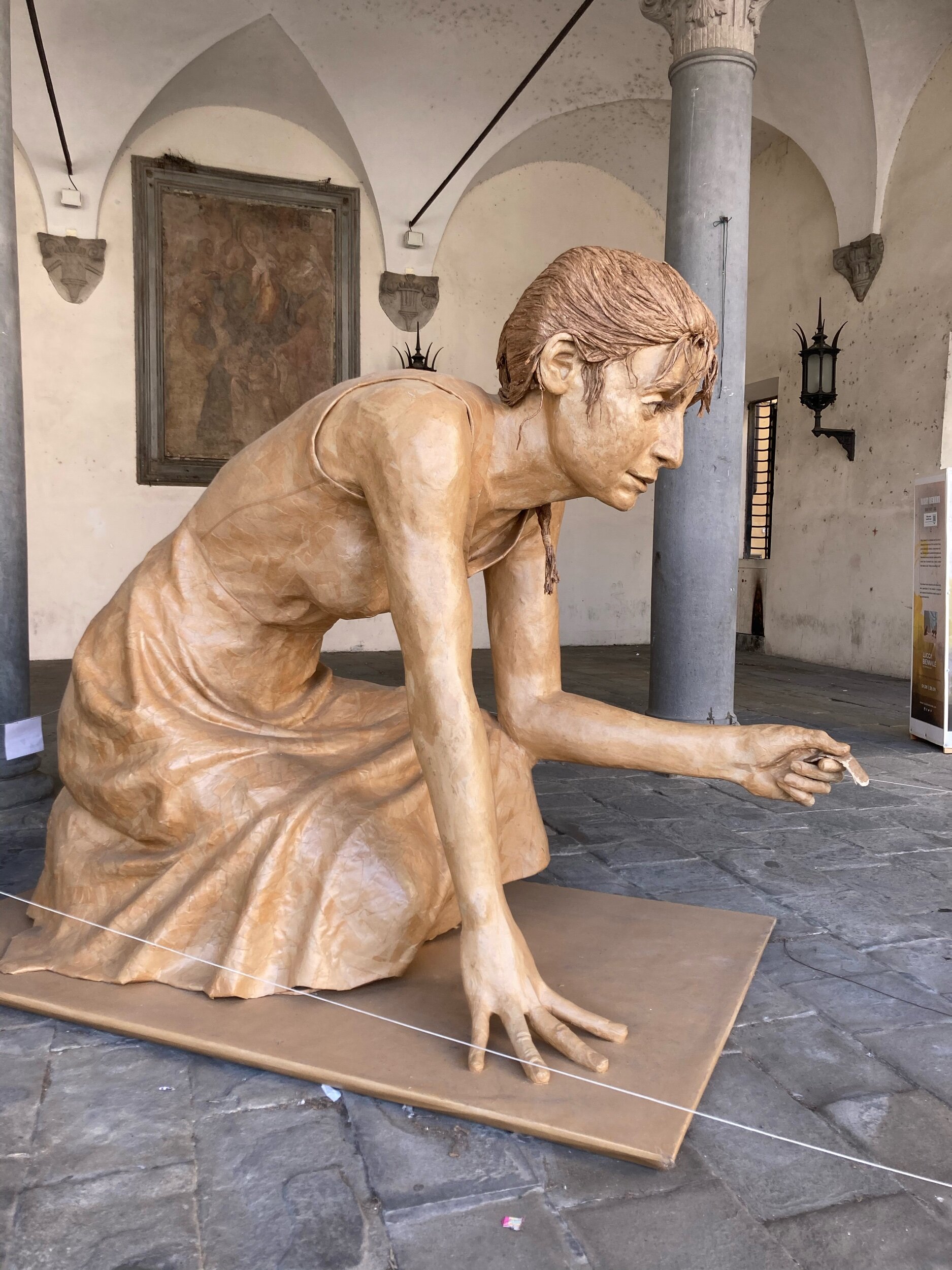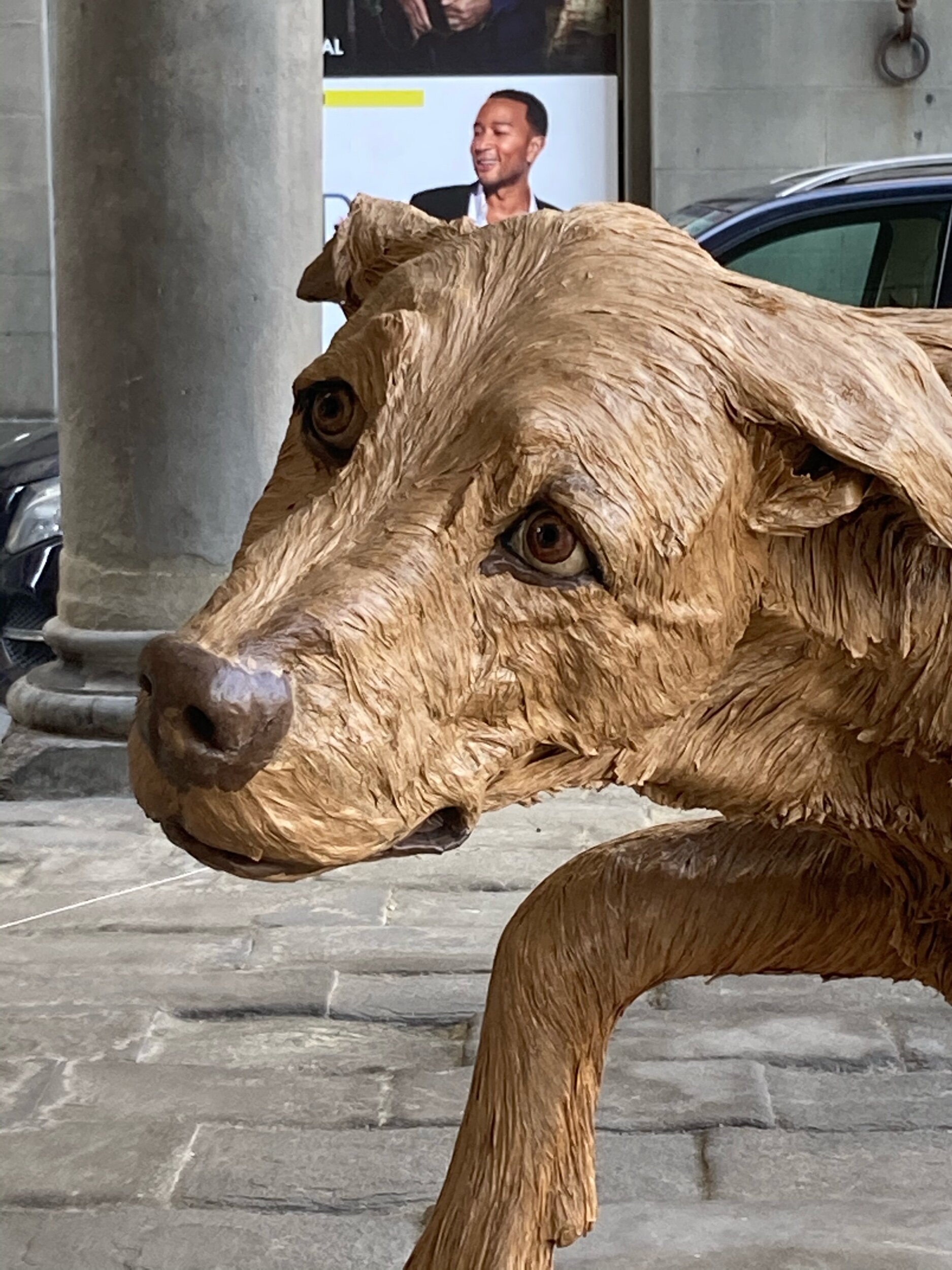Firenze at Christmas: Lights, Sparkle, Magic
It is hard not to compare Christmas this year with last year’s holiday in Italy. Hands down, this year wins! In 2020 the holiday came with increased COVID restrictions which prevented travel between cities. That meant no trip to Firenze (Florence) to marvel at the Christmas decorations (a small thing in light of the more serious issues associated with the pandemic, but still, one more small loss). A little bit of sparkle would have been most welcome at the end of last year!
As of mid-December 2021 no such restrictions on travel are in place. Firenze is aglow and welcoming visitors. There are precautions in place, including a requirement to wear masks outdoors in the main piazzas during certain times (I actually witnessed local police enforcing this rule). And while there were definitely crowds when I visited in early December, by Florentine standards they were fairly modest. Best of all, Firenze at Christmas is as magical as ever!
By day there is un sacco (a whole lot) of things to see and do. I started my day in Firenze with a lunchtime stroll through the Mercato di Natale. The market sits in front of the church of Santa Croce and brings a blend of Italian and German holiday celebrations to the city. After a year’s absence, the 2021 market marked a return to tradition. Plus I enjoyed a German flavored lunch from one of the many stalls.
Many hours can be spent along the streets of Firenze peeking into shops filled with Christmas goods, seeing the elaborately decorated shop windows, and enjoying all the greenery that frames the doorways of shops, cafes, and hotels. (Some of my favorites below)
There are many other things to see during the day - the stunning terra cotta nativity in front of the Duomo, the nearby Christmas tree made even more beautiful by the back drop of the marble clad cathedral, happy kids riding the carousel in Piazza della Repubblica. In Firenze, Christmas is everywhere.
Life size terracotta figures make a simple but beautiful nativity scene outside of the Duomo. Note that there is no infant Jesus yet - he arrives Christmas Eve.
For a time out, I recommend a stop at Caffè Gilli for a pot of tea and a little dolce (sweet). Gilli has an old world elegance and provides the perfect setting to sit, catch your breath, and appreciate the Italian Christmas spirit. An added bonus is that the cafe offers a view of the carousel in Piazza della Repubblica and also has one of the best windows in town, full of whimsical Christmas chocolate creations.
As wonderful as the city is by day, it is at night that the magic really happens.
Once the sun goes down the streets sparkle with lights. A walk down Via dei Servi, from Piazza SS Annunziata toward the glowing lantern atop the Cathedral of Santa Maria del Fiore (the Duomo), is a breathtaking sight.
Another not-to-be missed sight is a nighttime view of the ever-changing display on the facade of the Rinascente department store in Piazza della Repubblica.
For intense sparkle, head to the area around the intersection of Via Tornabuoni and Via degli Strozzi and prepare to be amazed.
The lights here are intertwined with gold and silver ornaments. They dazzle and seem to fill the sky. It is impossible to stand here and not smile.
I was in Firenze the night of the tree lighting, which meant there were some special celebrations. Drummers and flag bearers in medieval costume and a brass band attended the ceremony. Afterwards, a train load of Santas arrived and then wandered through town throughout the evening, delighting adults and children alike.
I love Firenze any time of year. But at Christmas, and especially this year, it made the perfect holiday excursion. Grazie Firenze!

